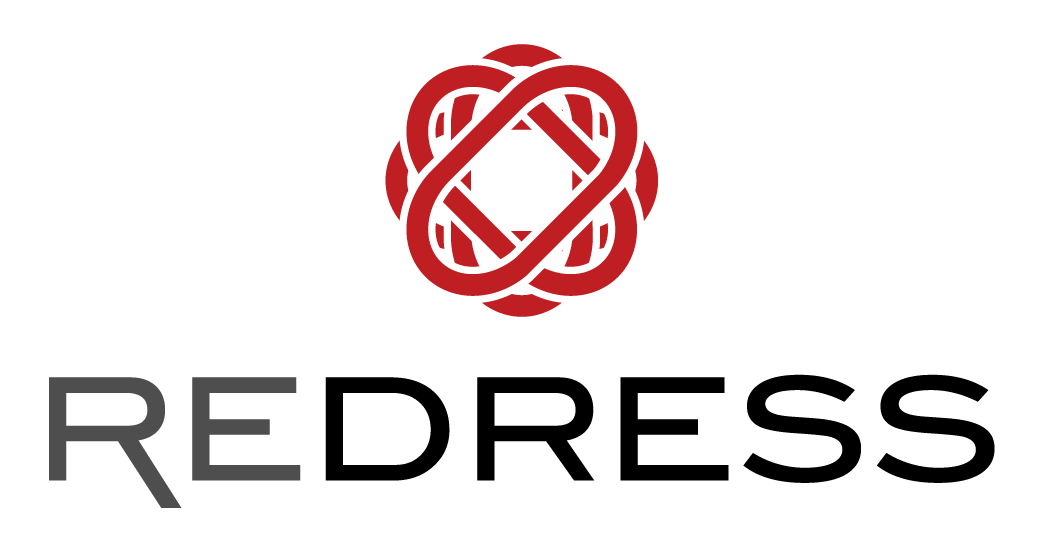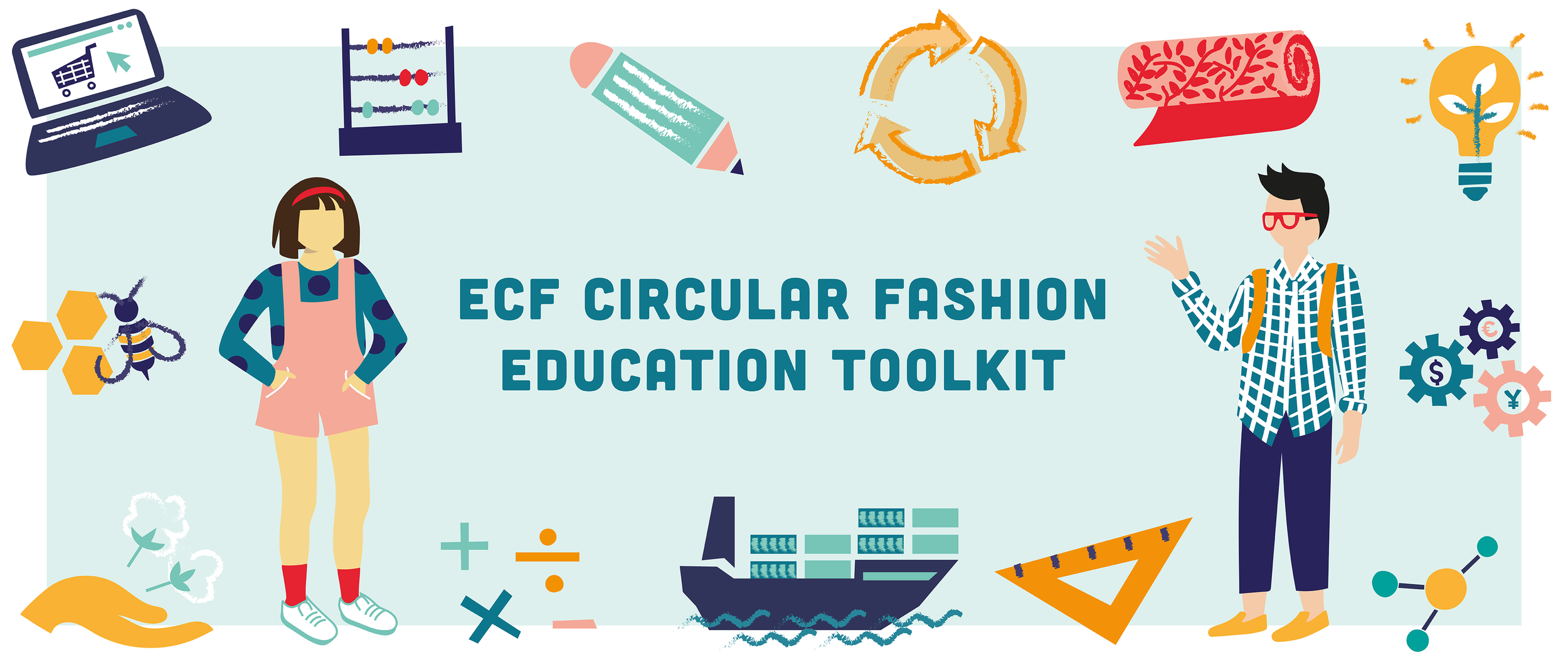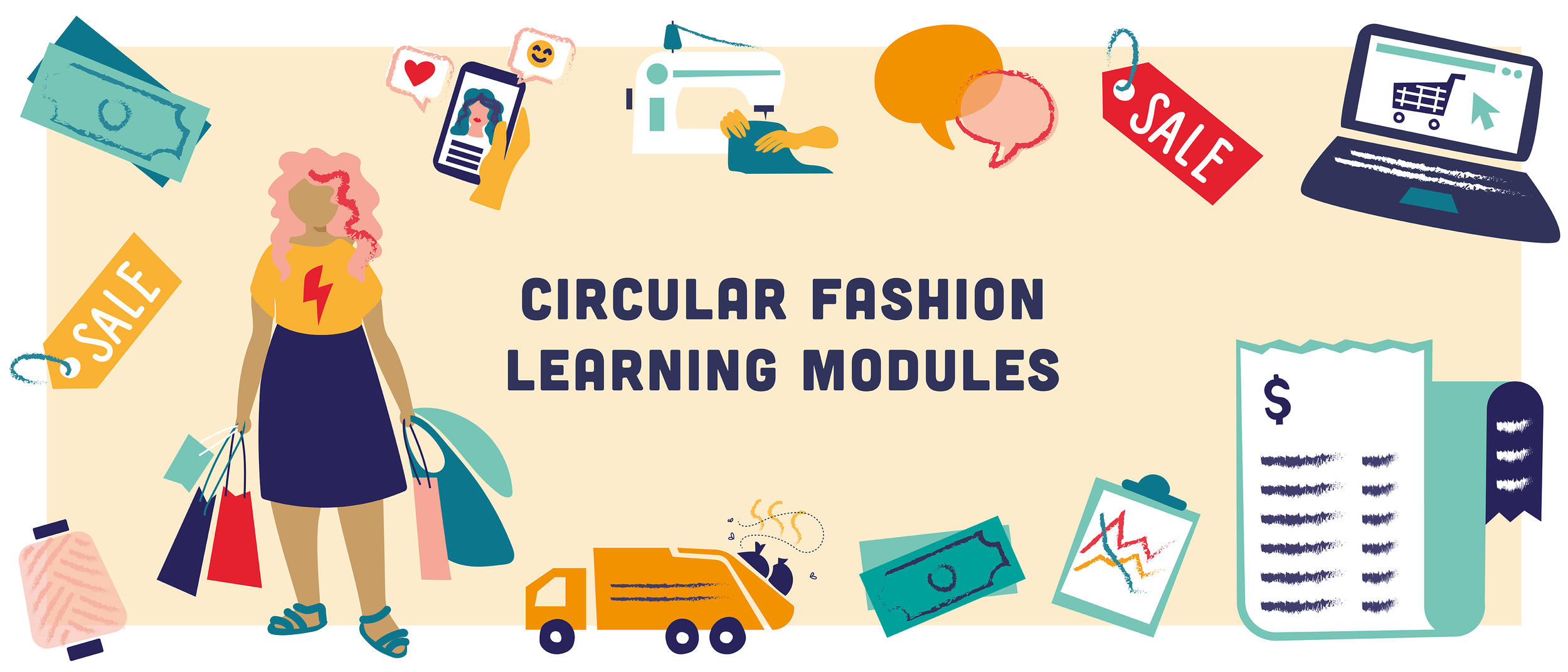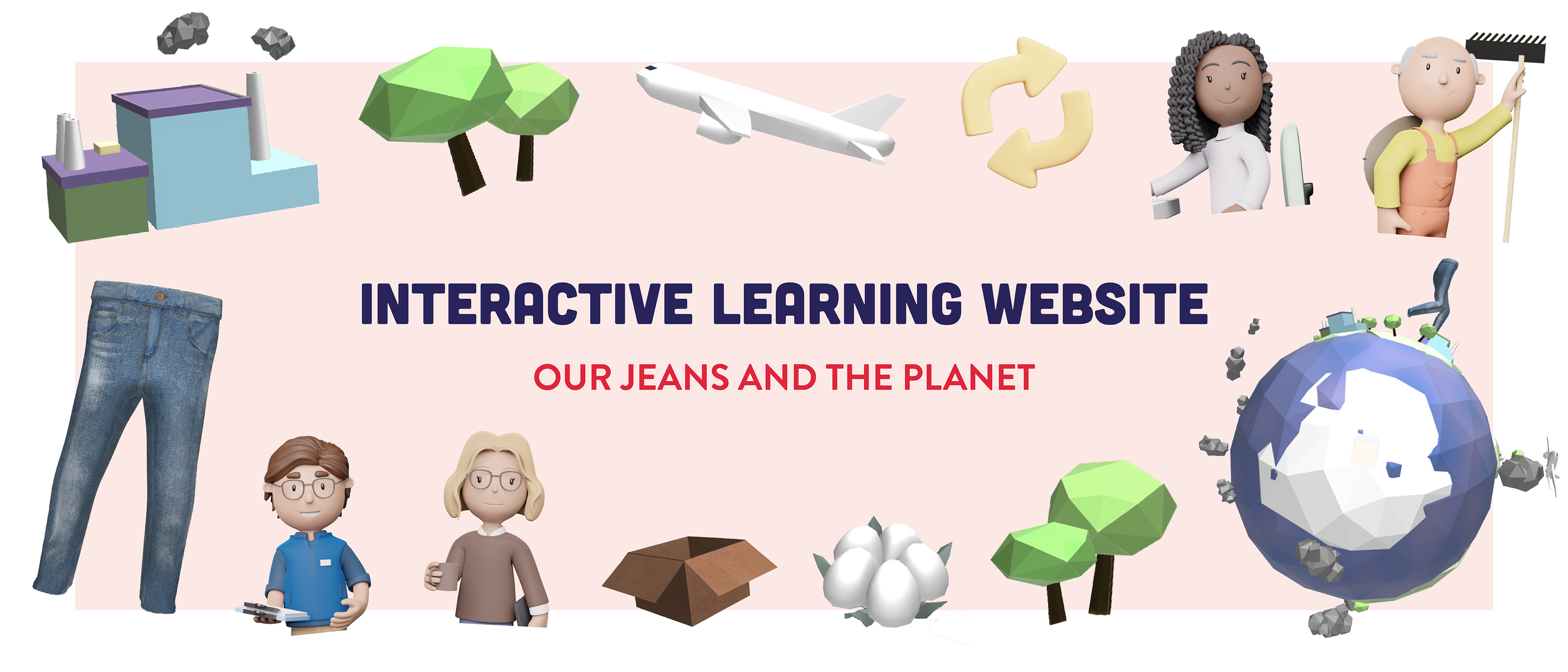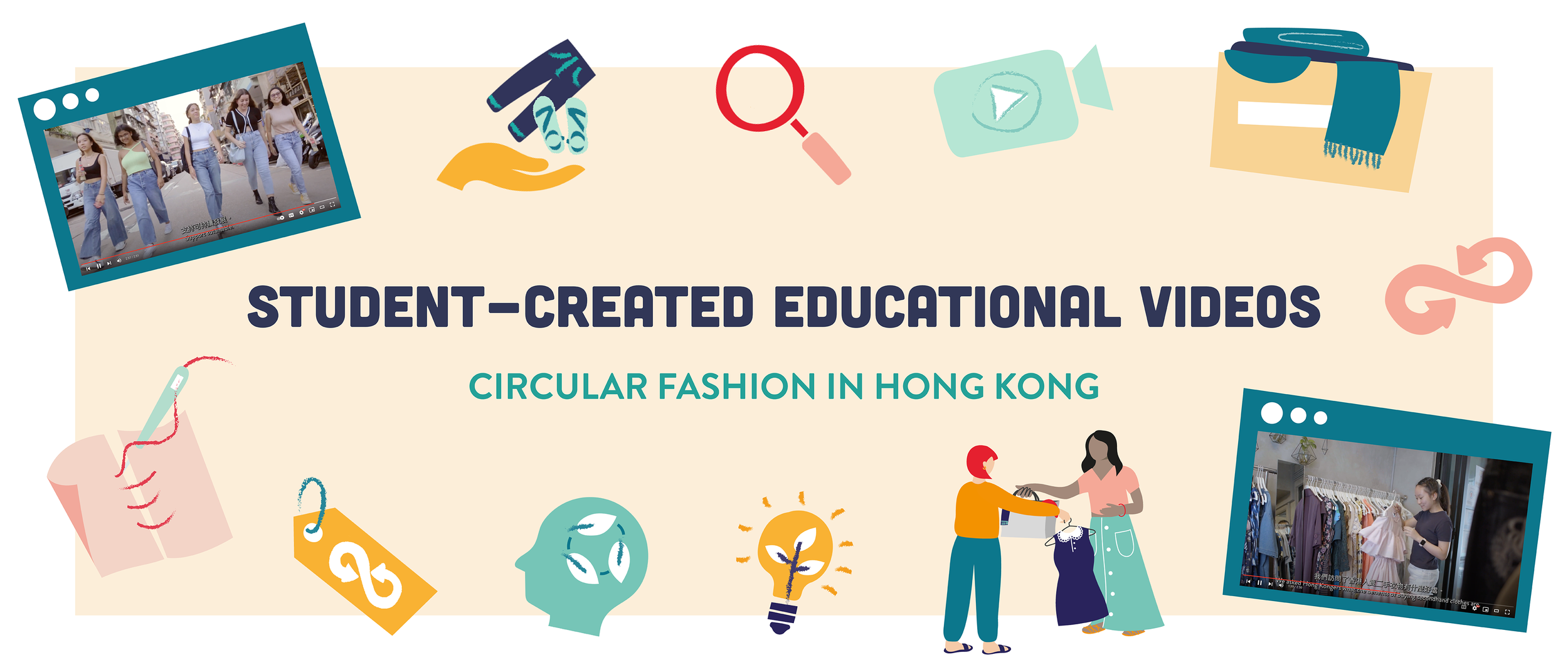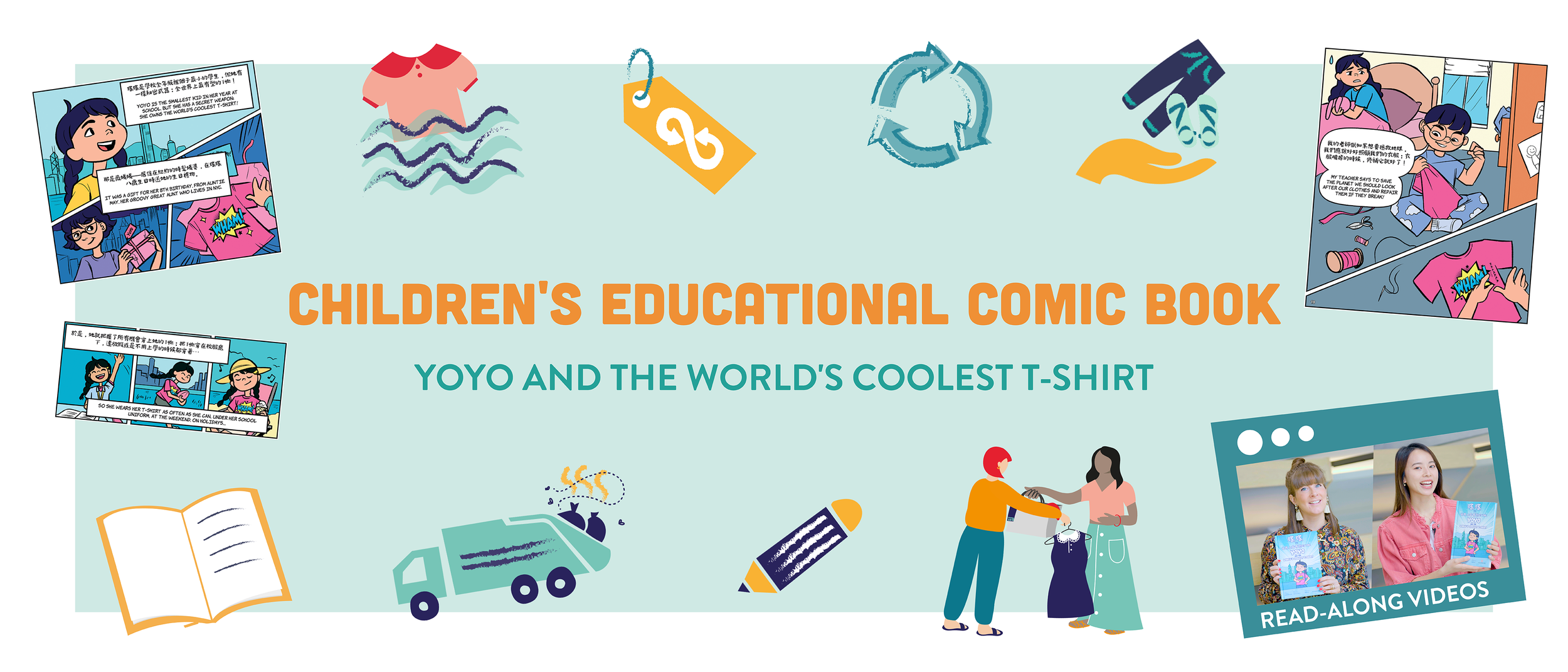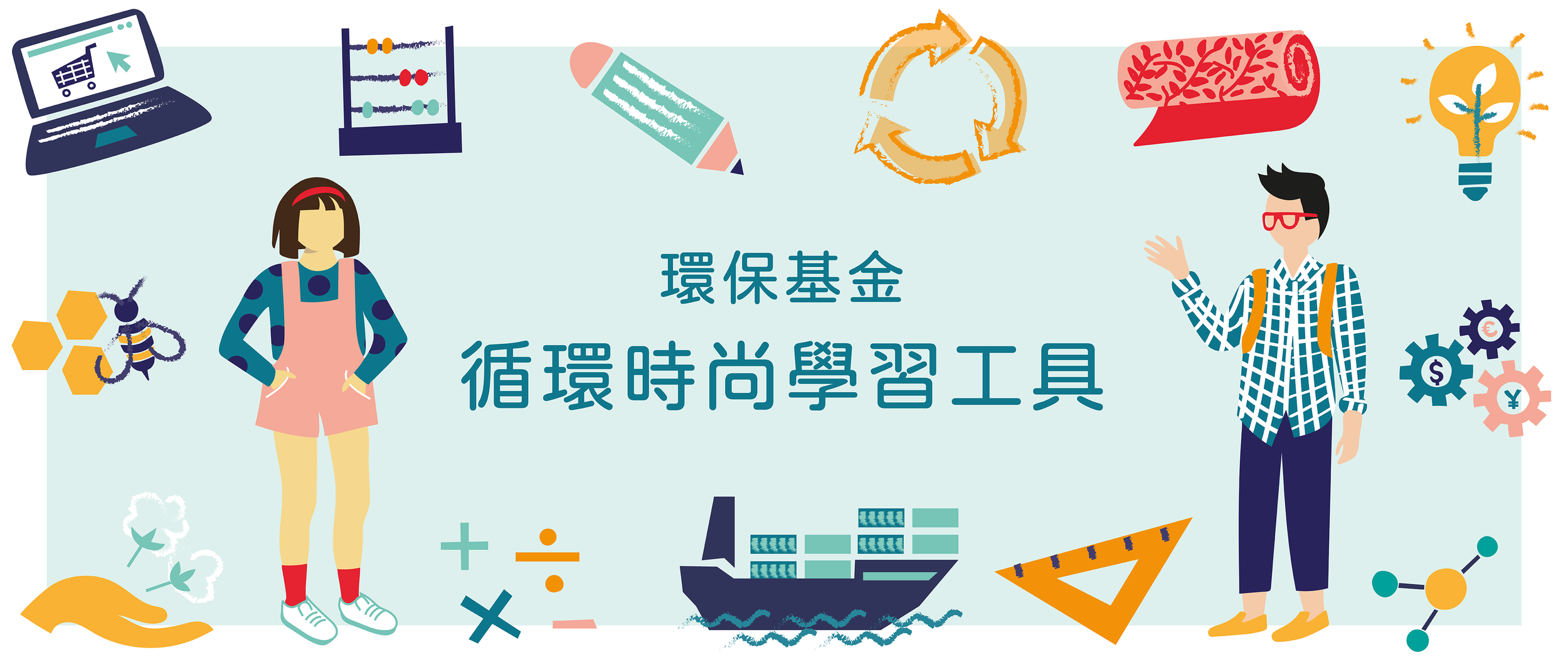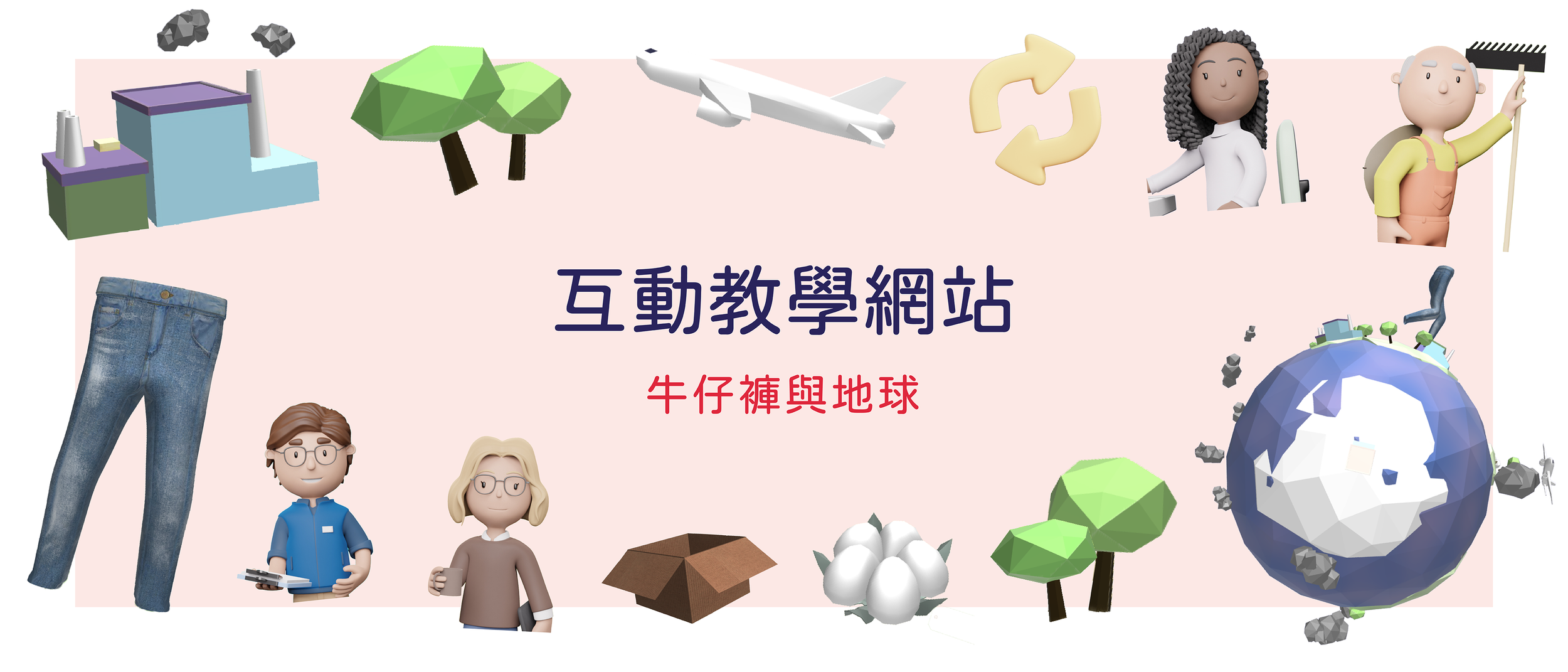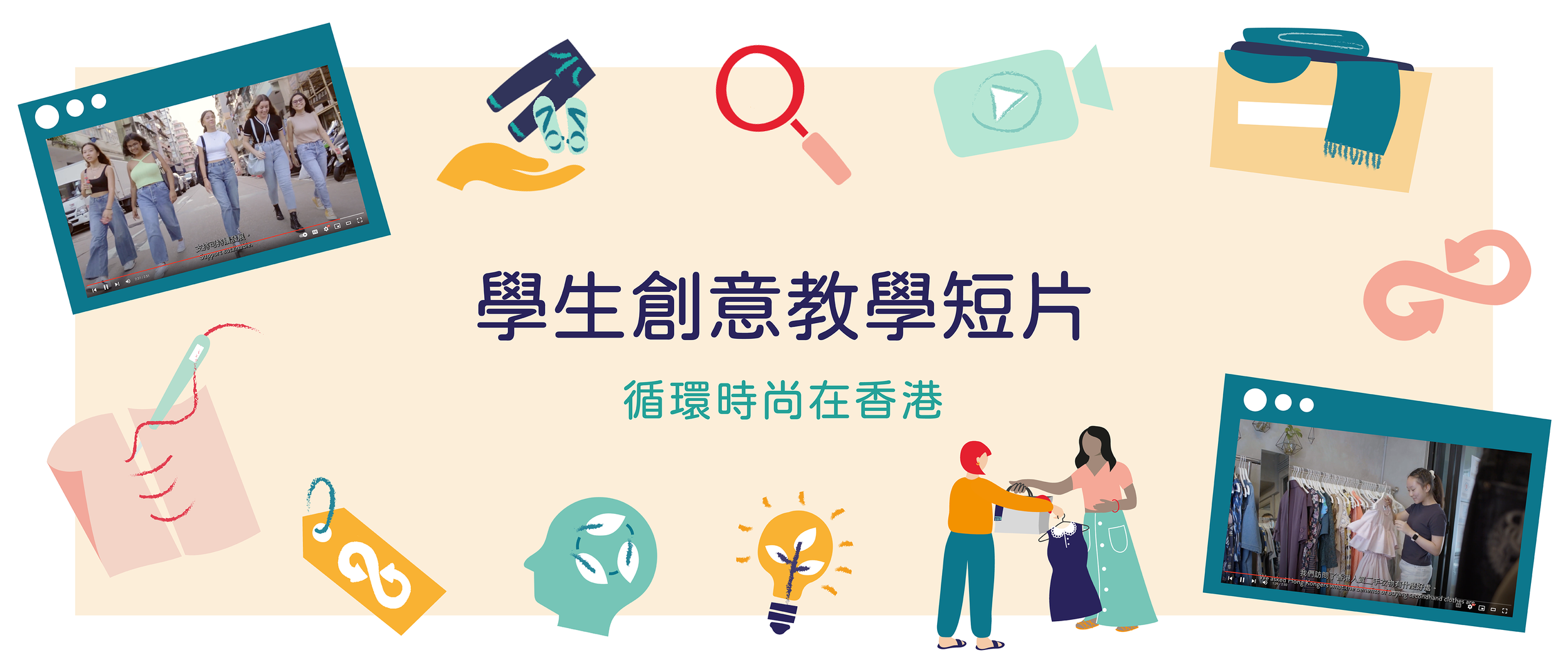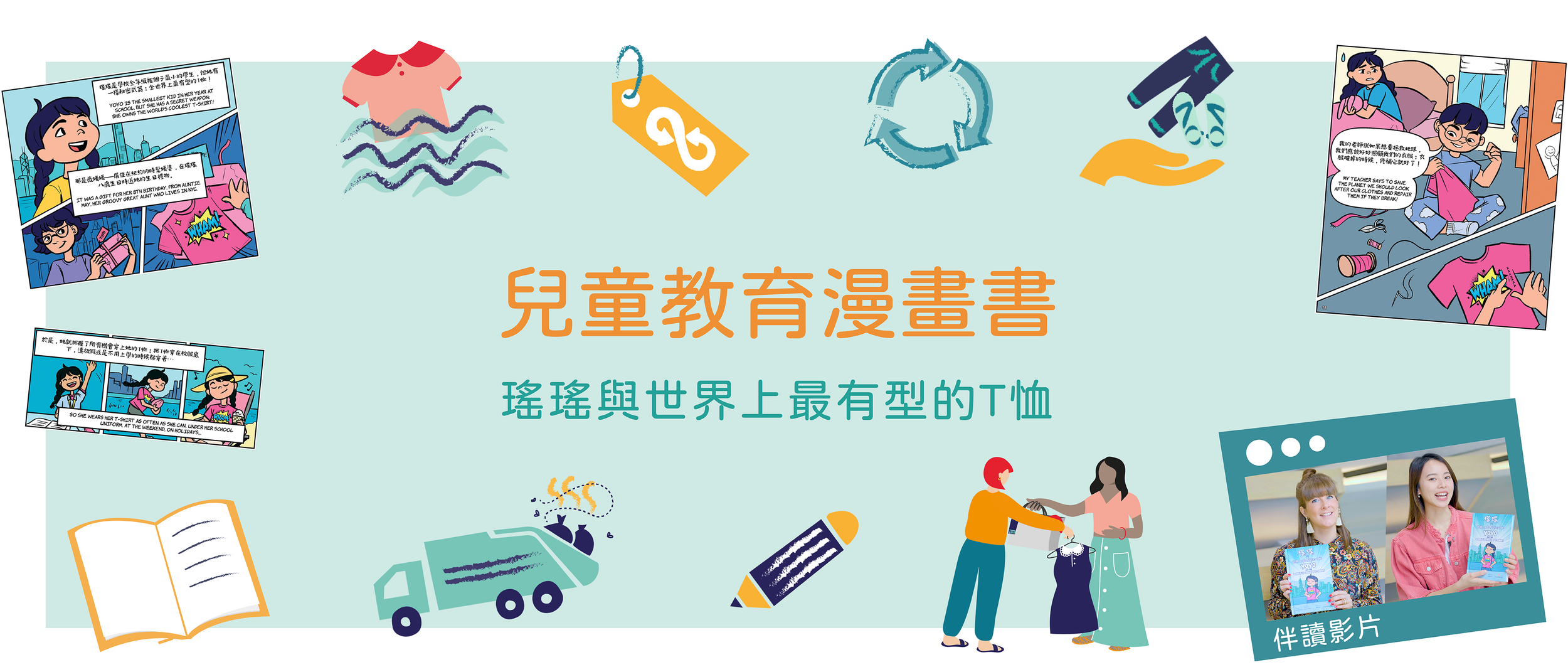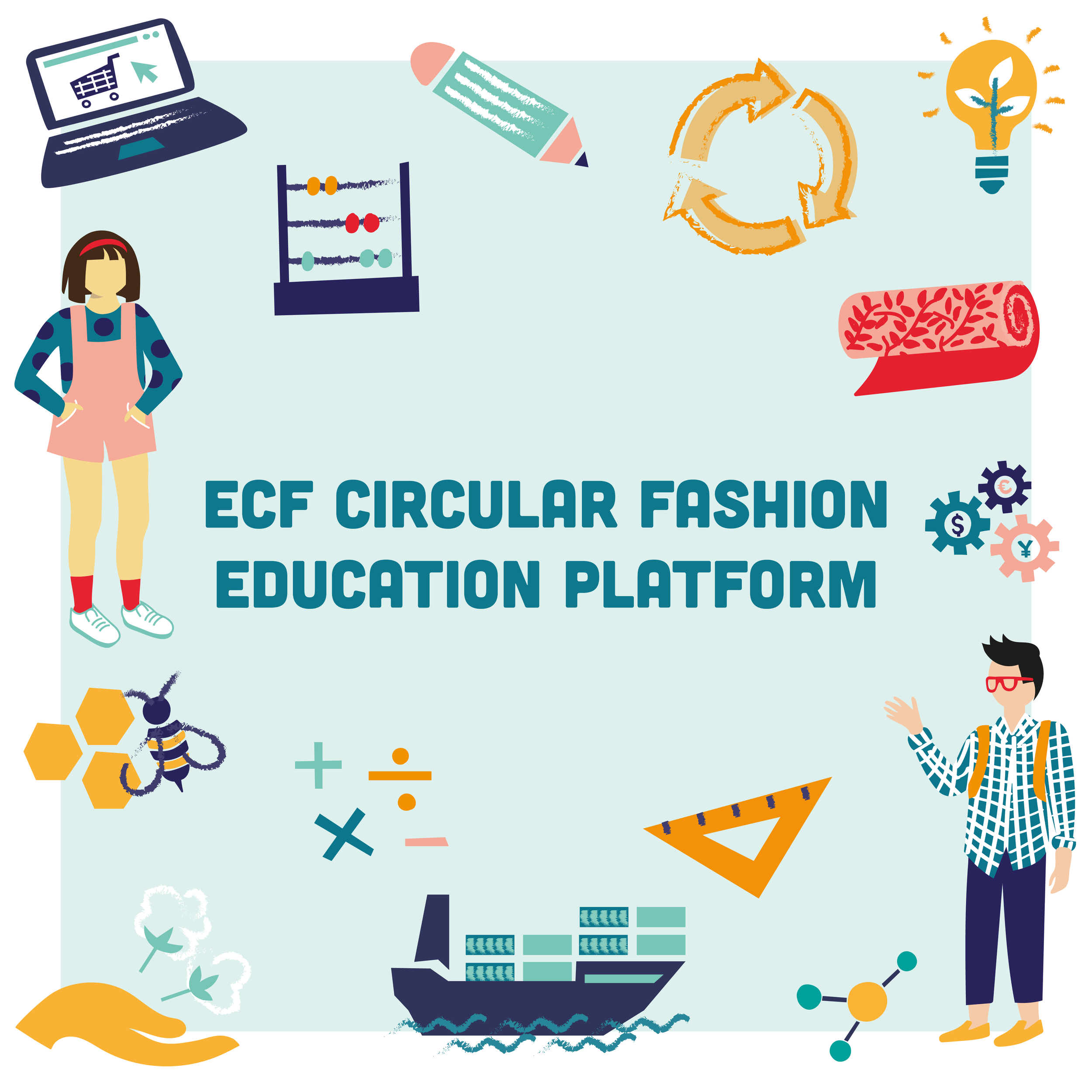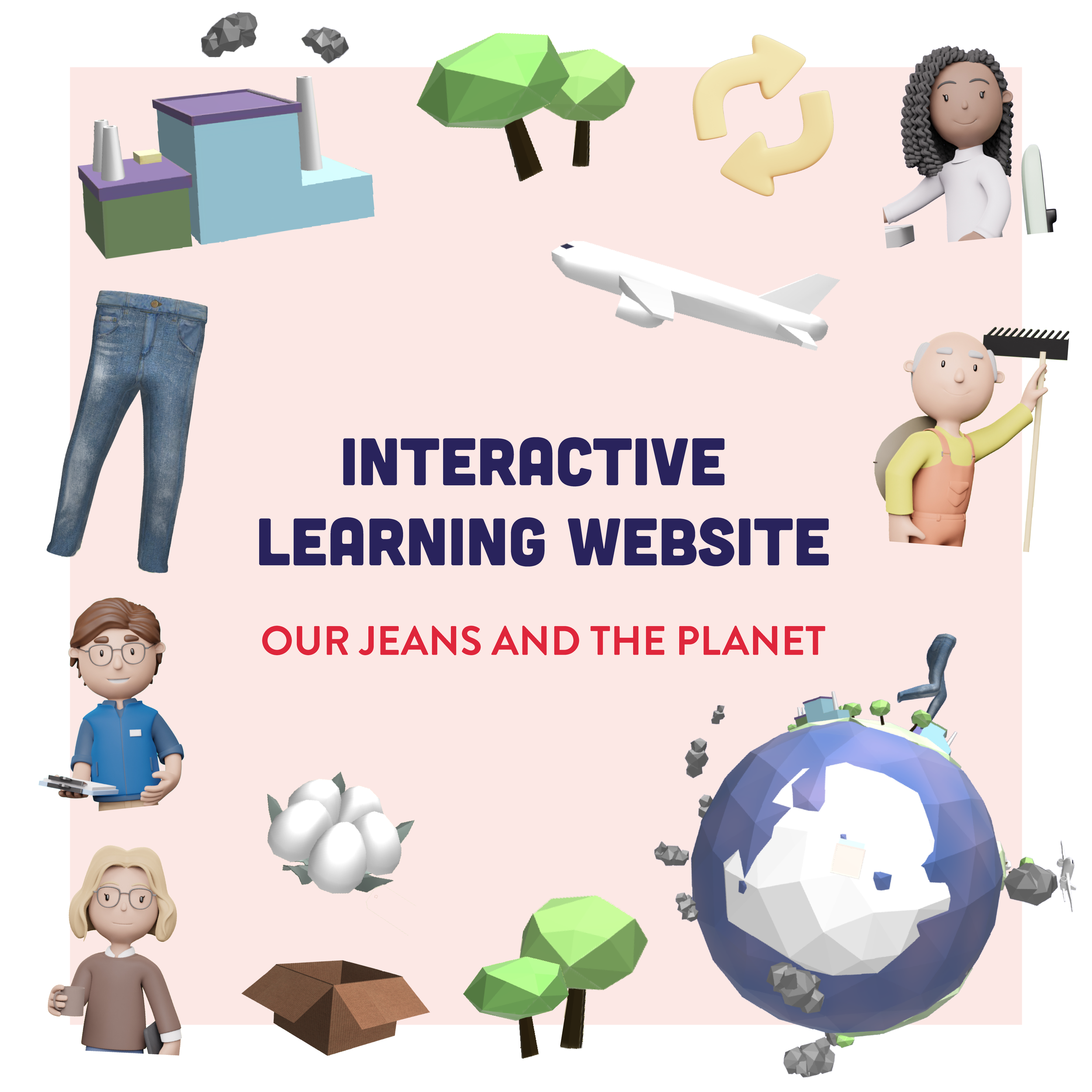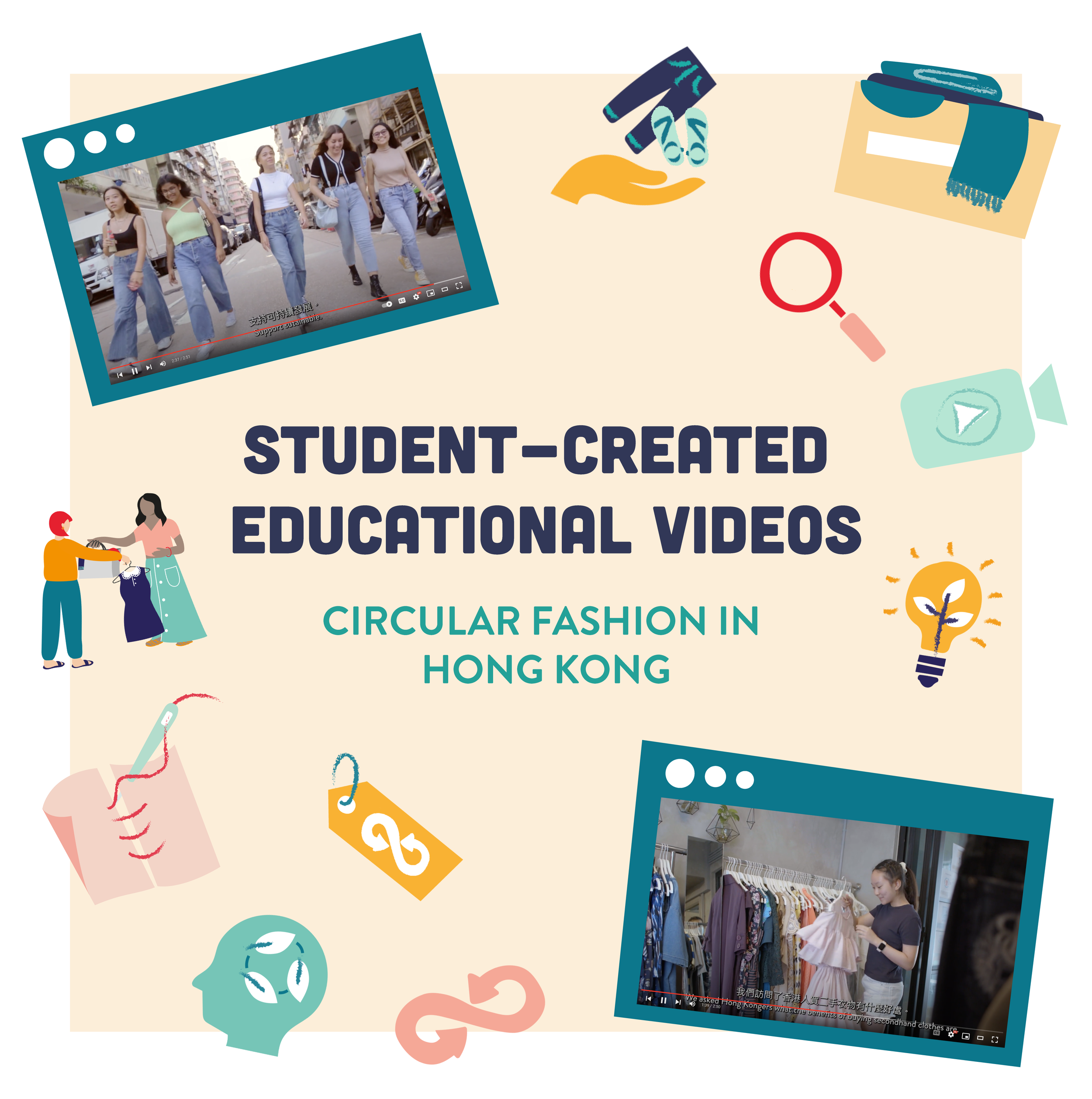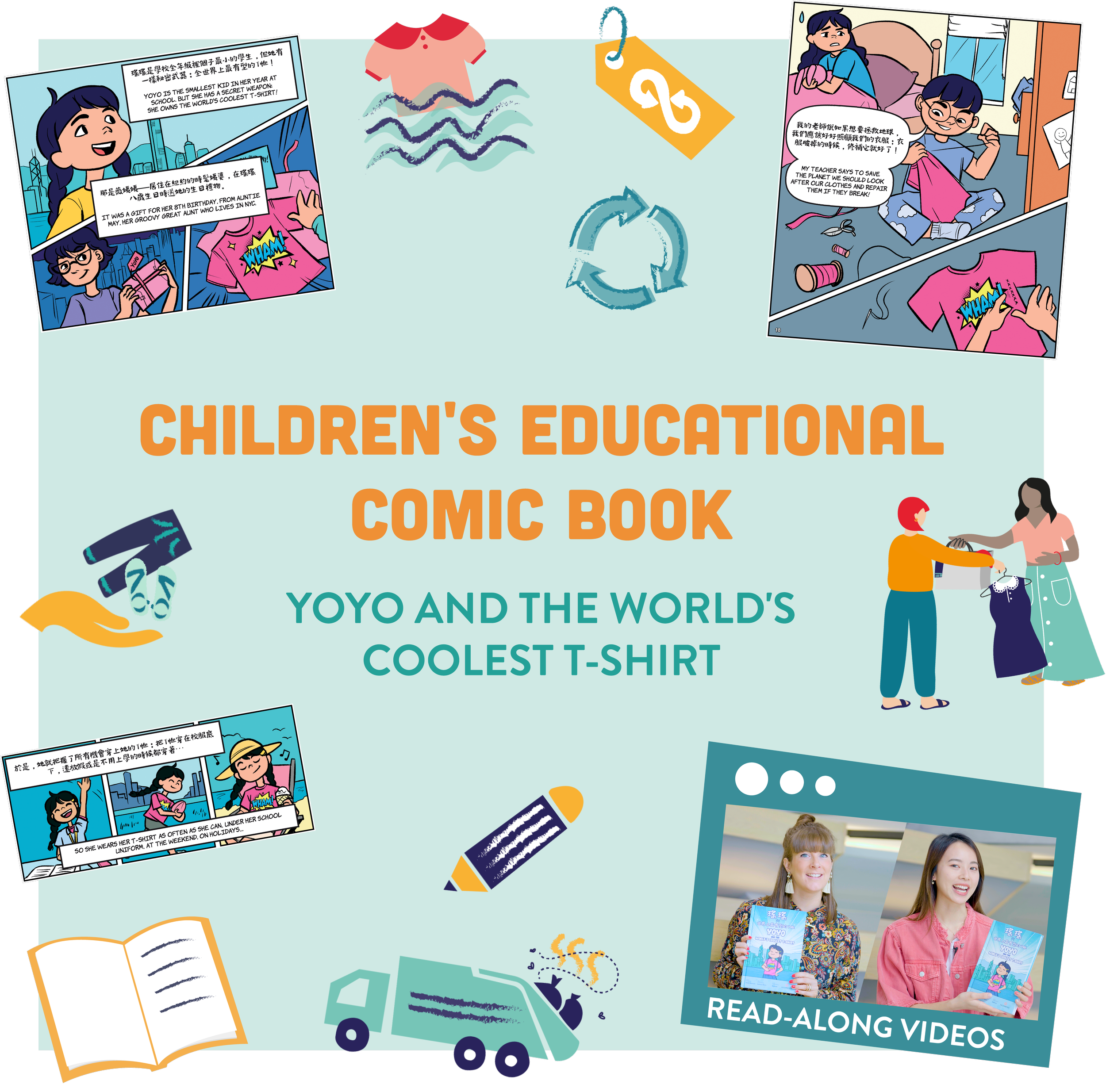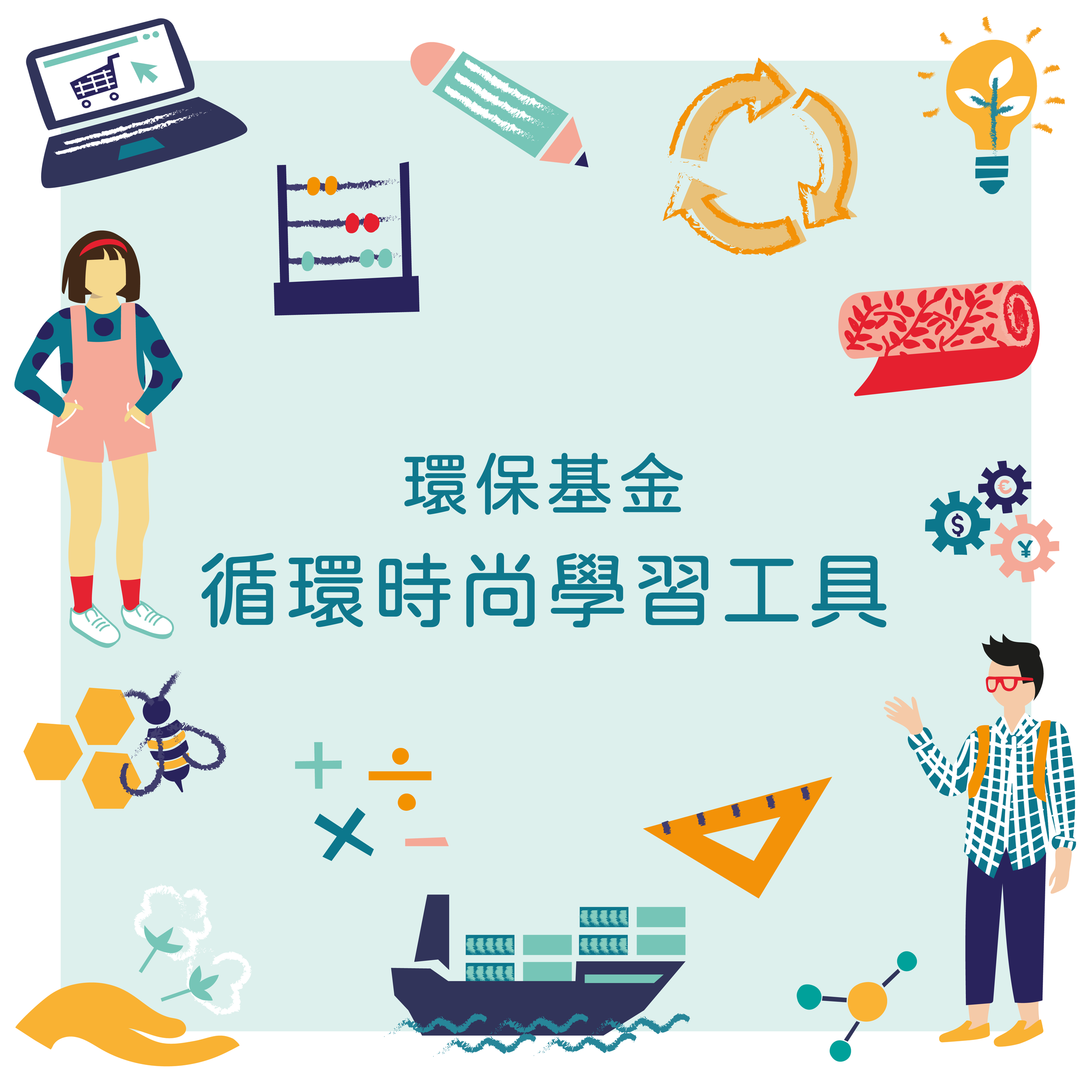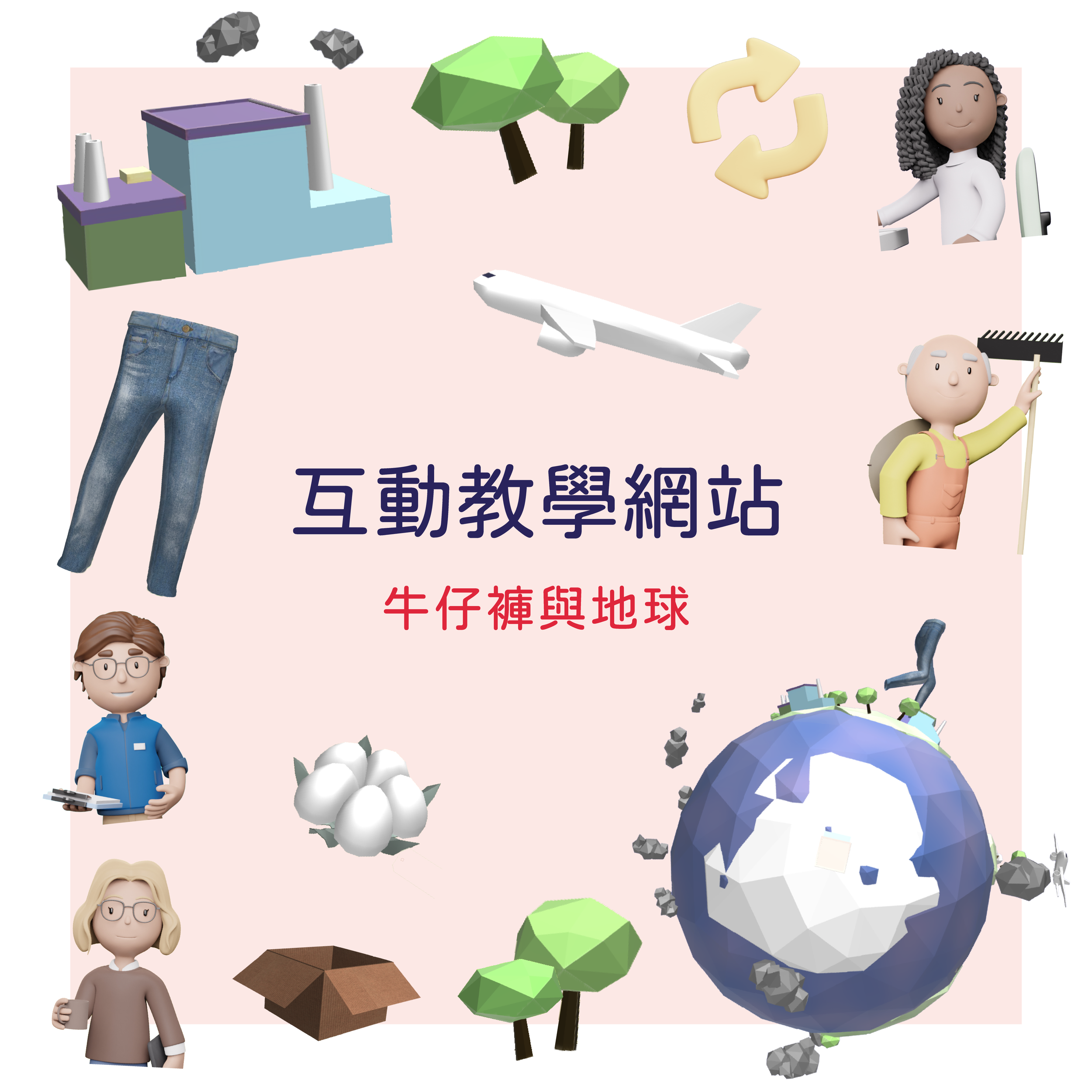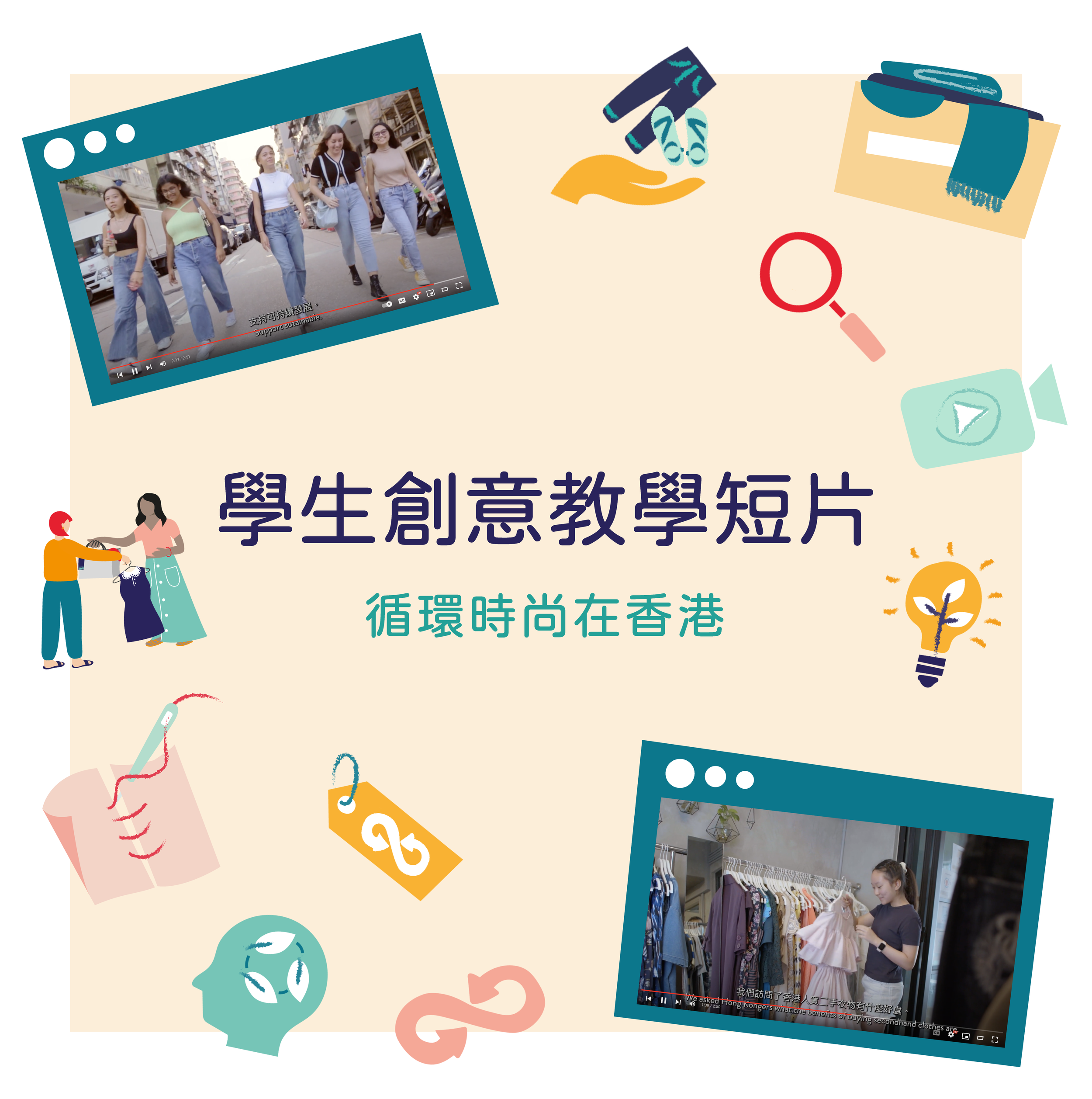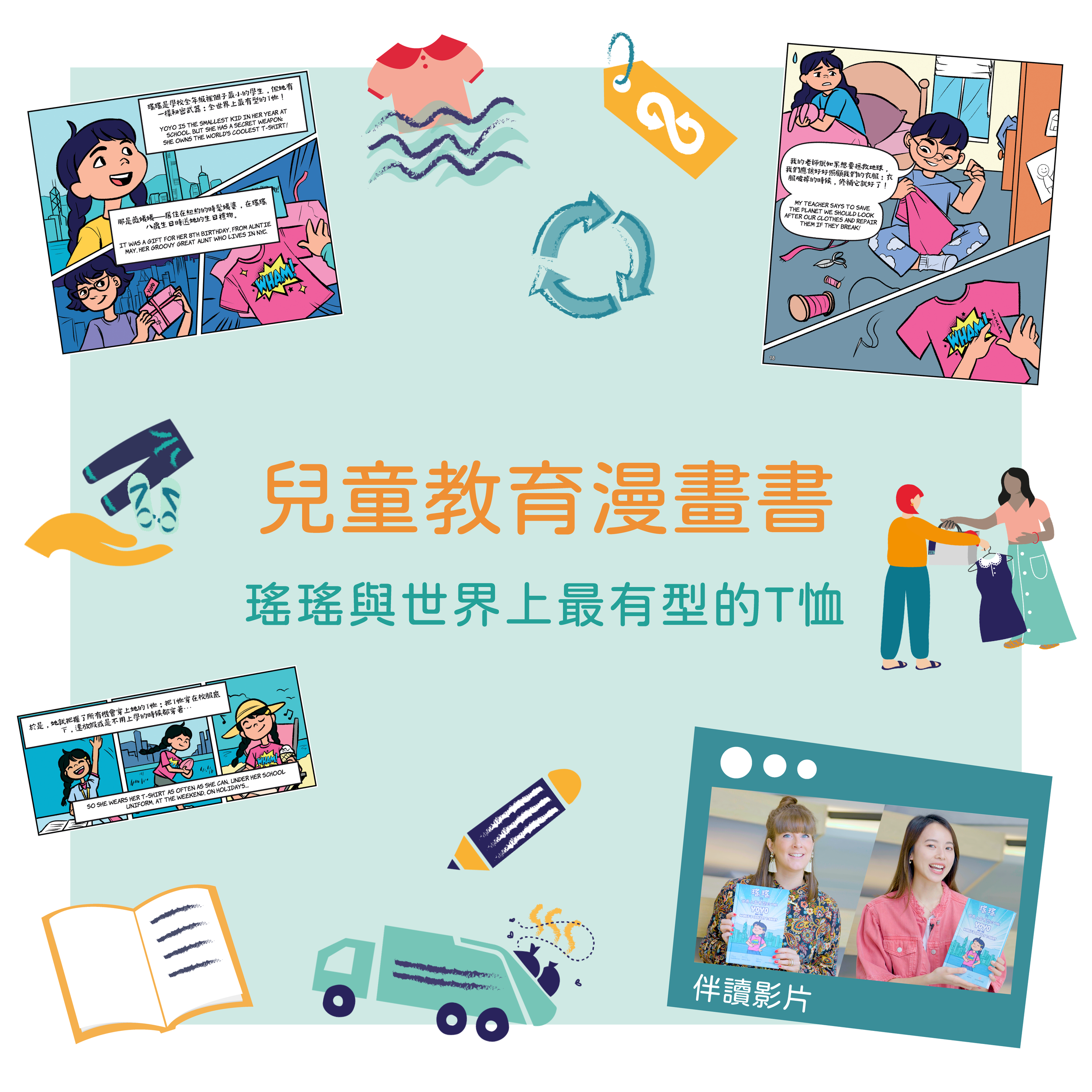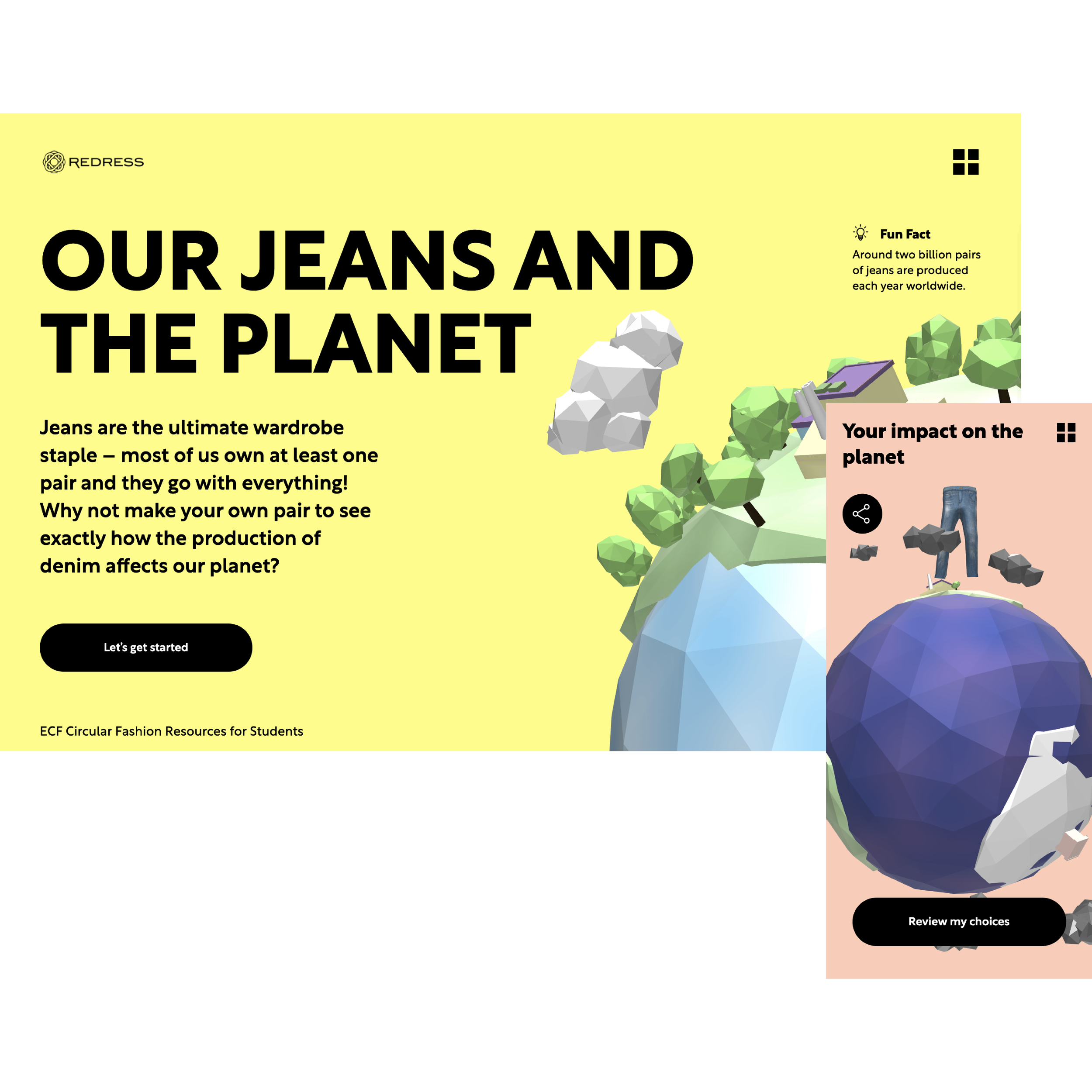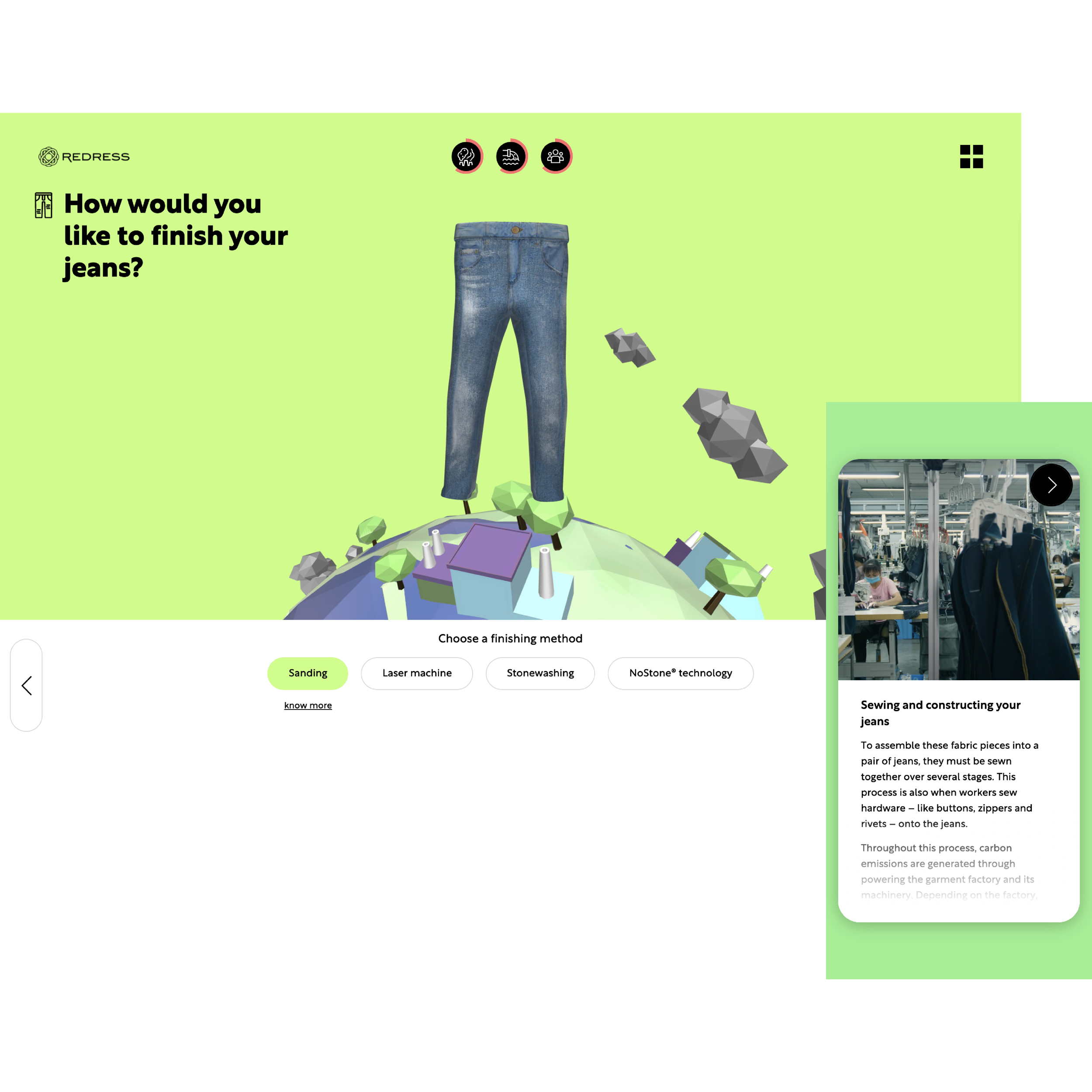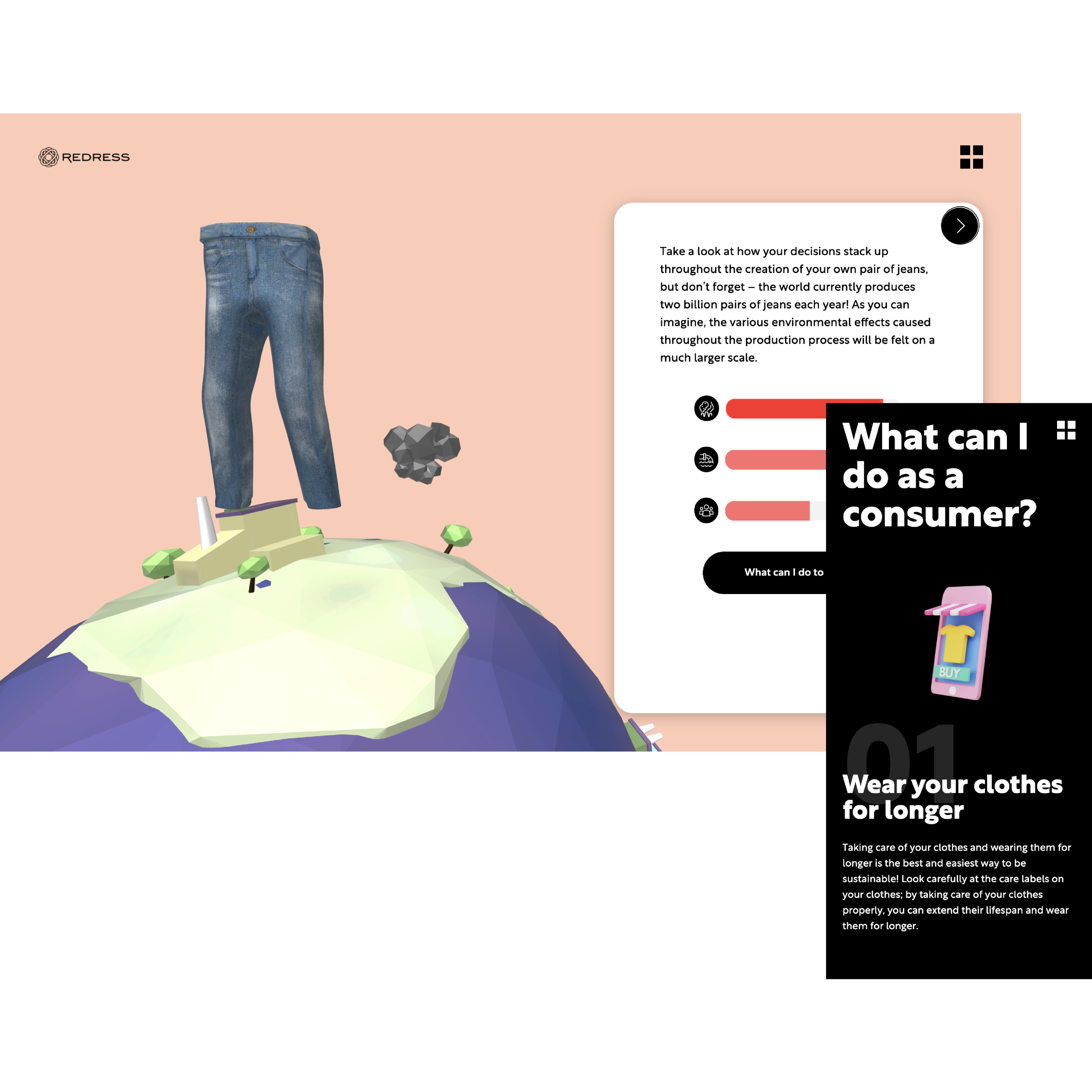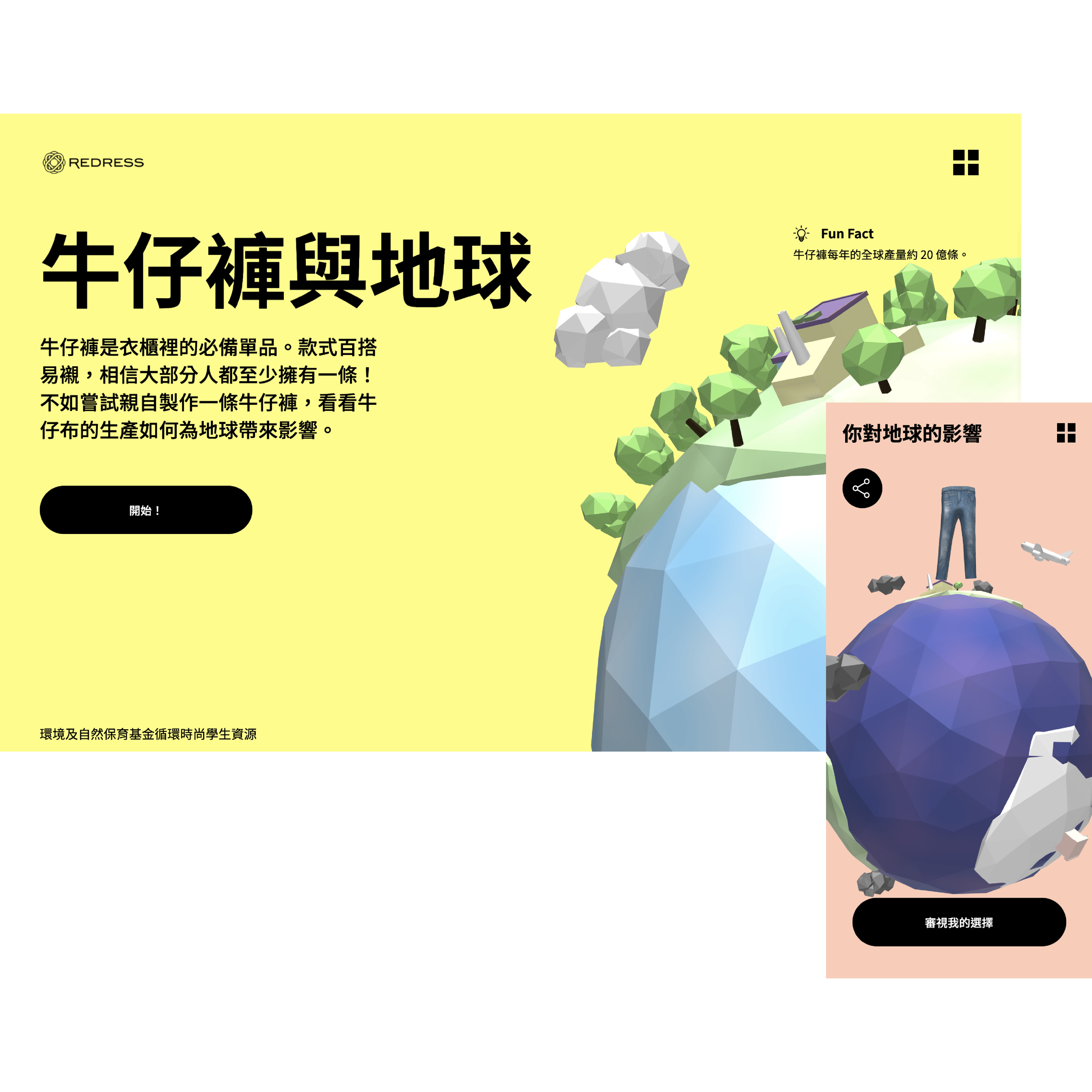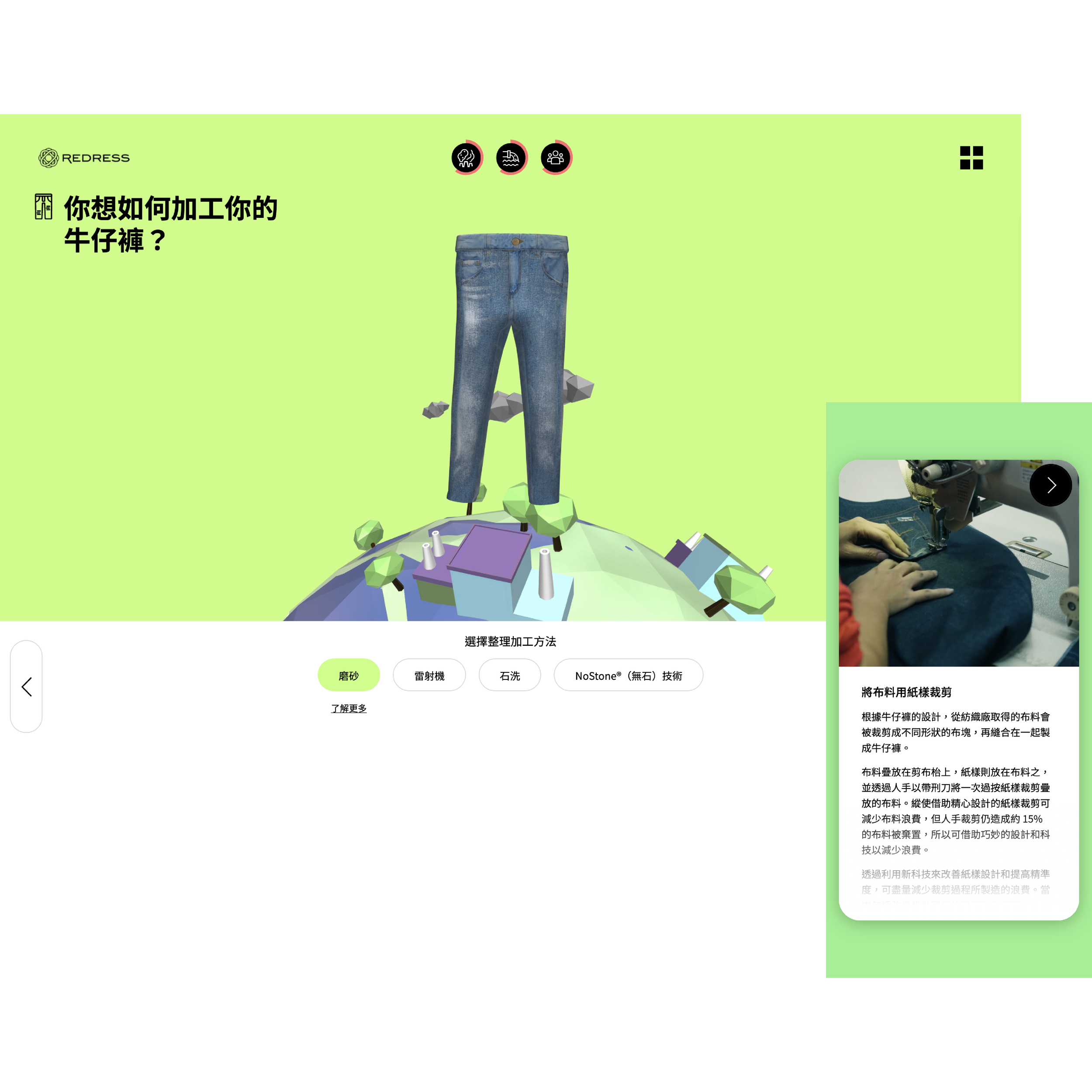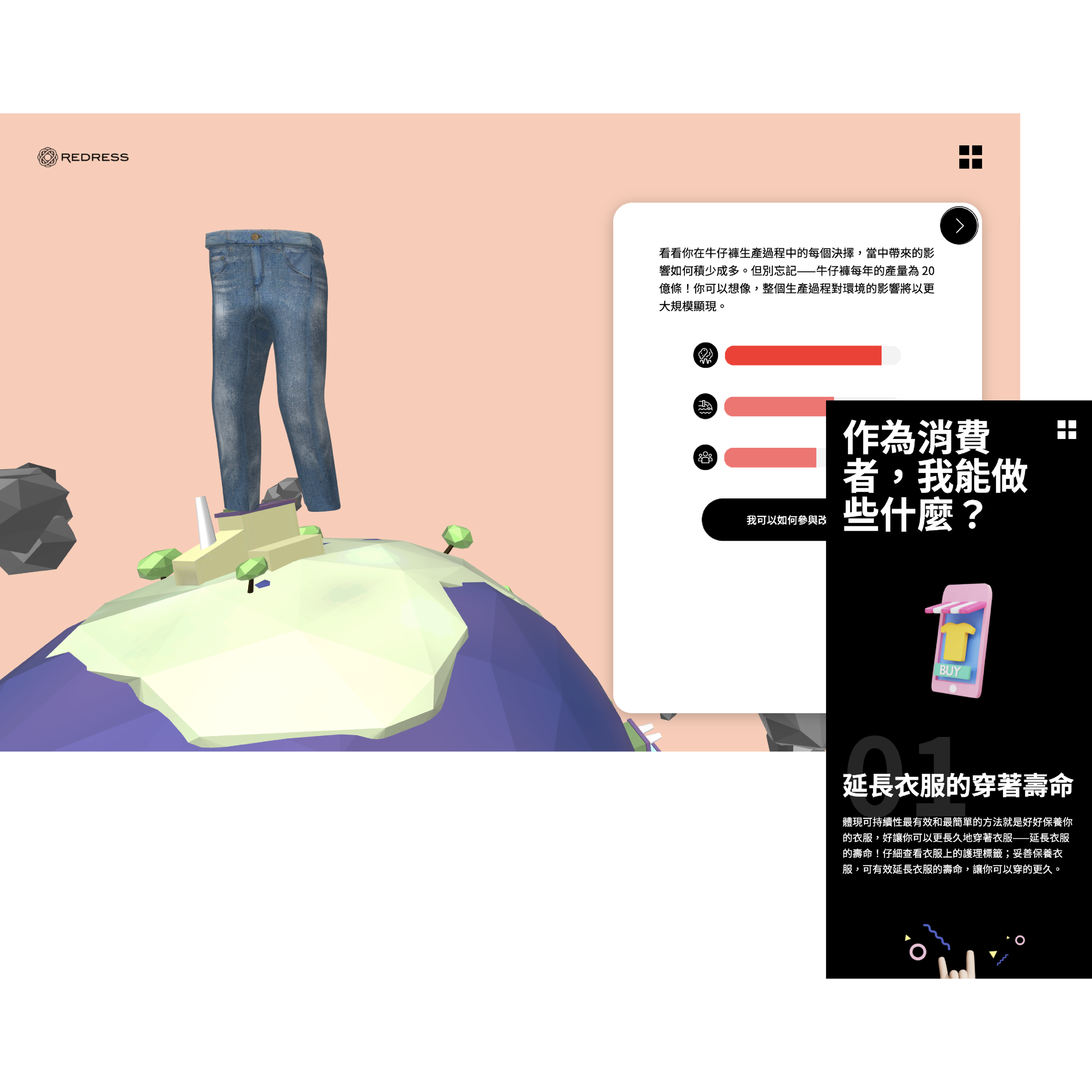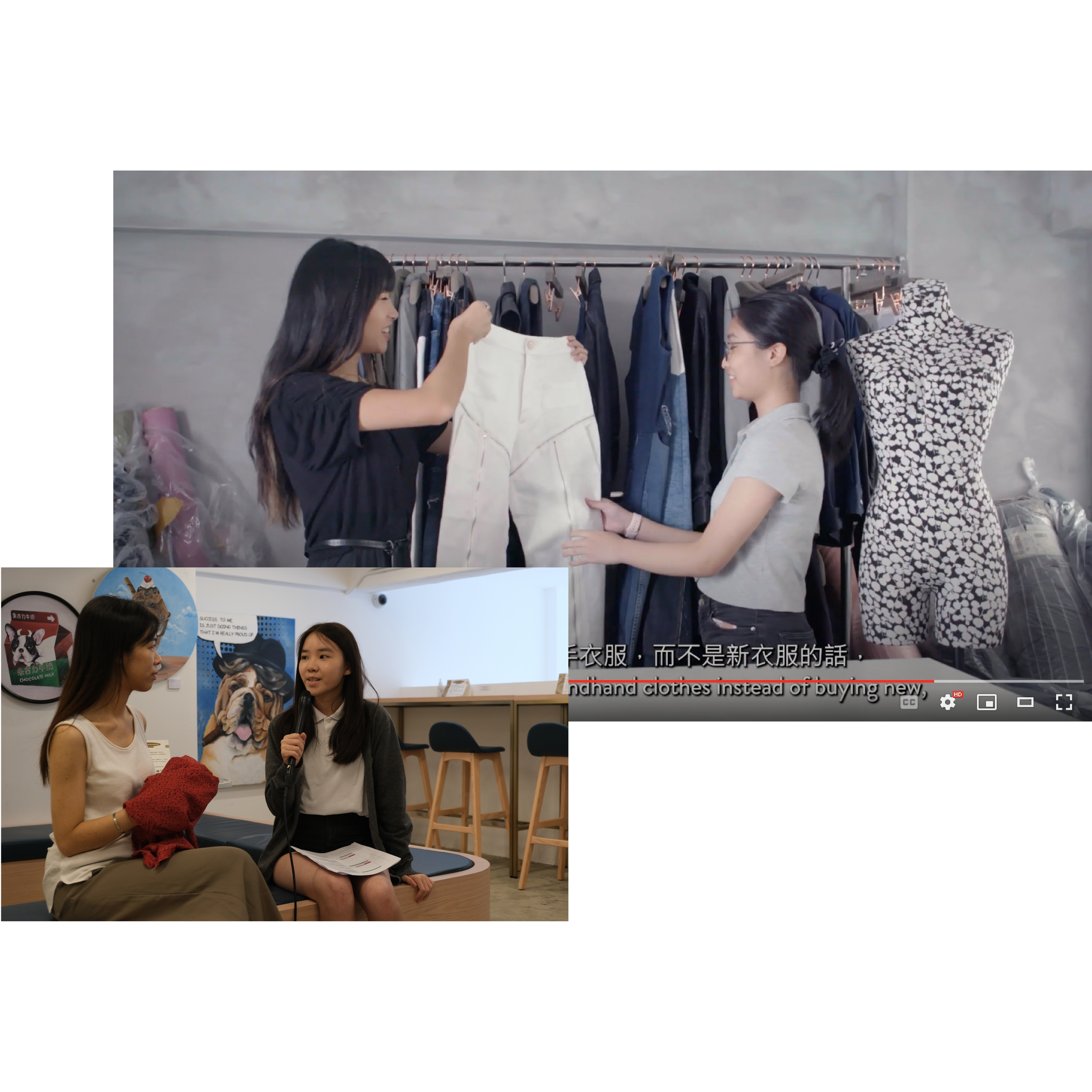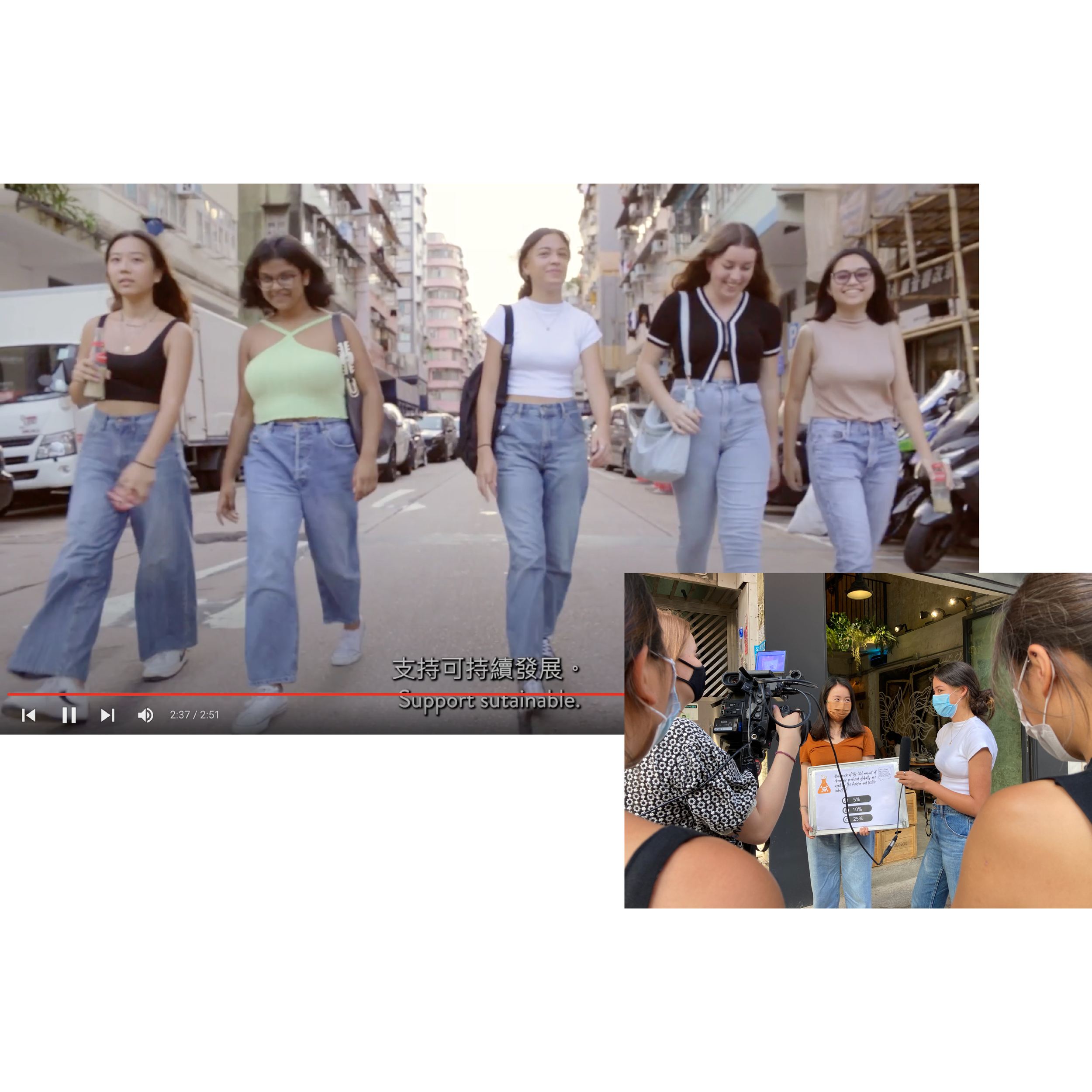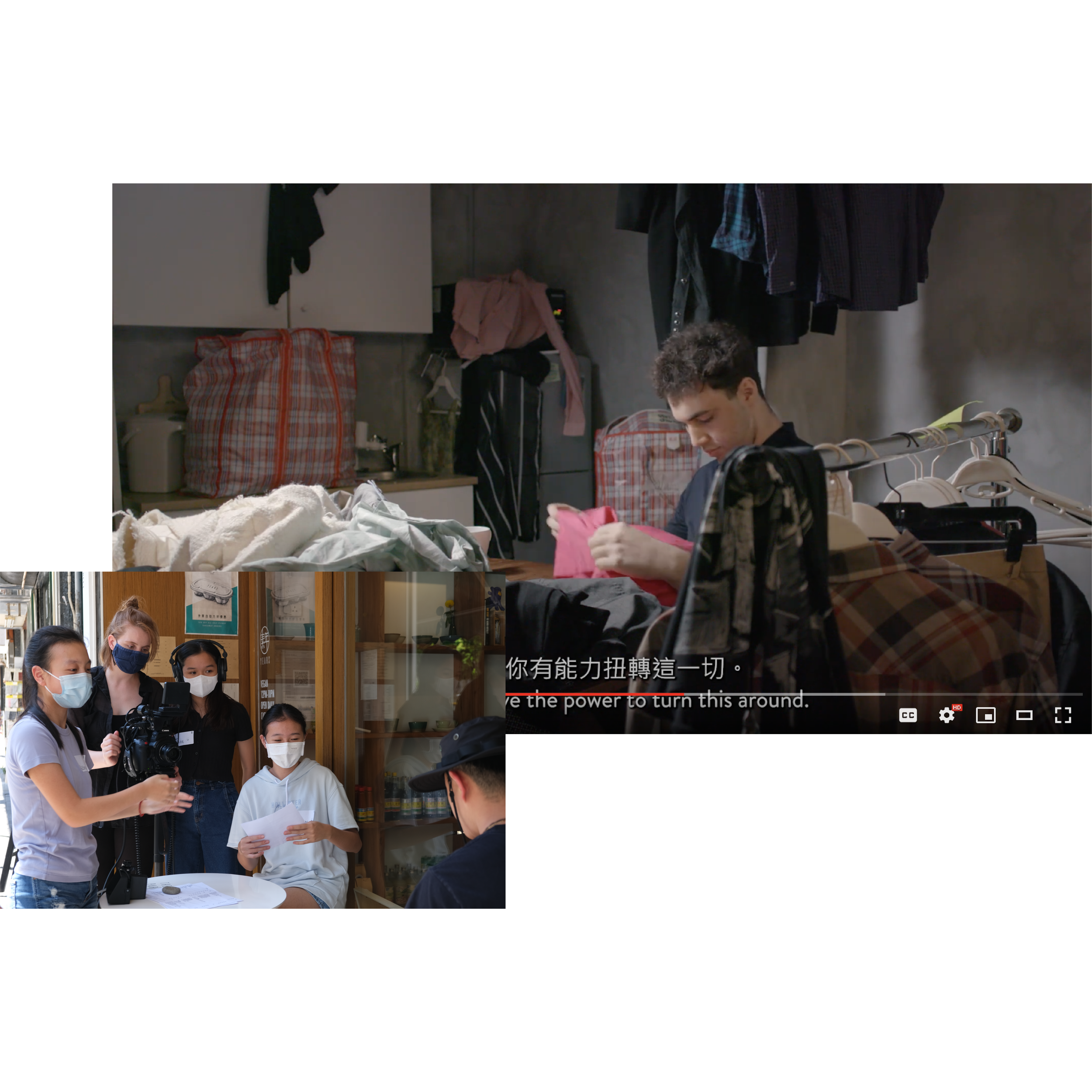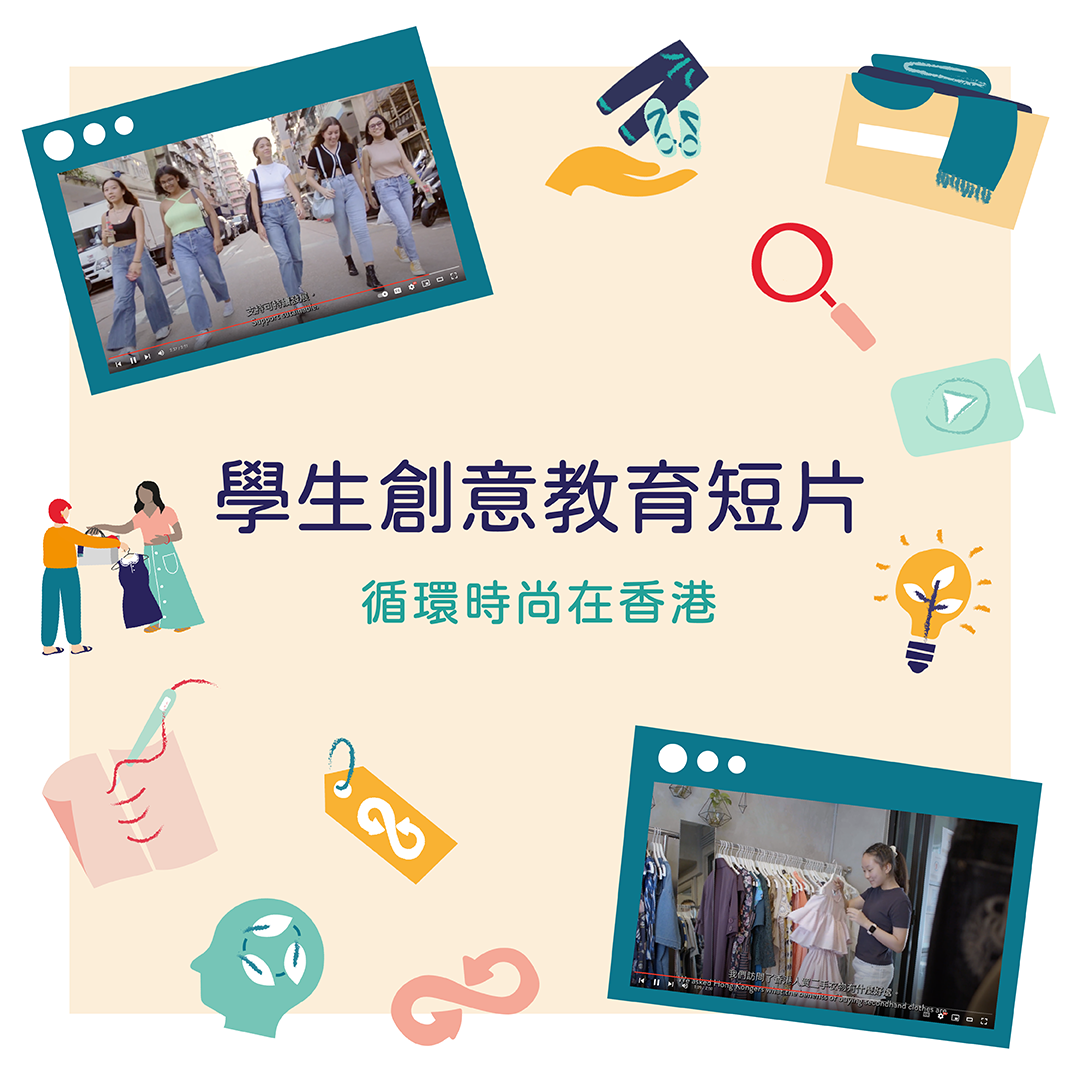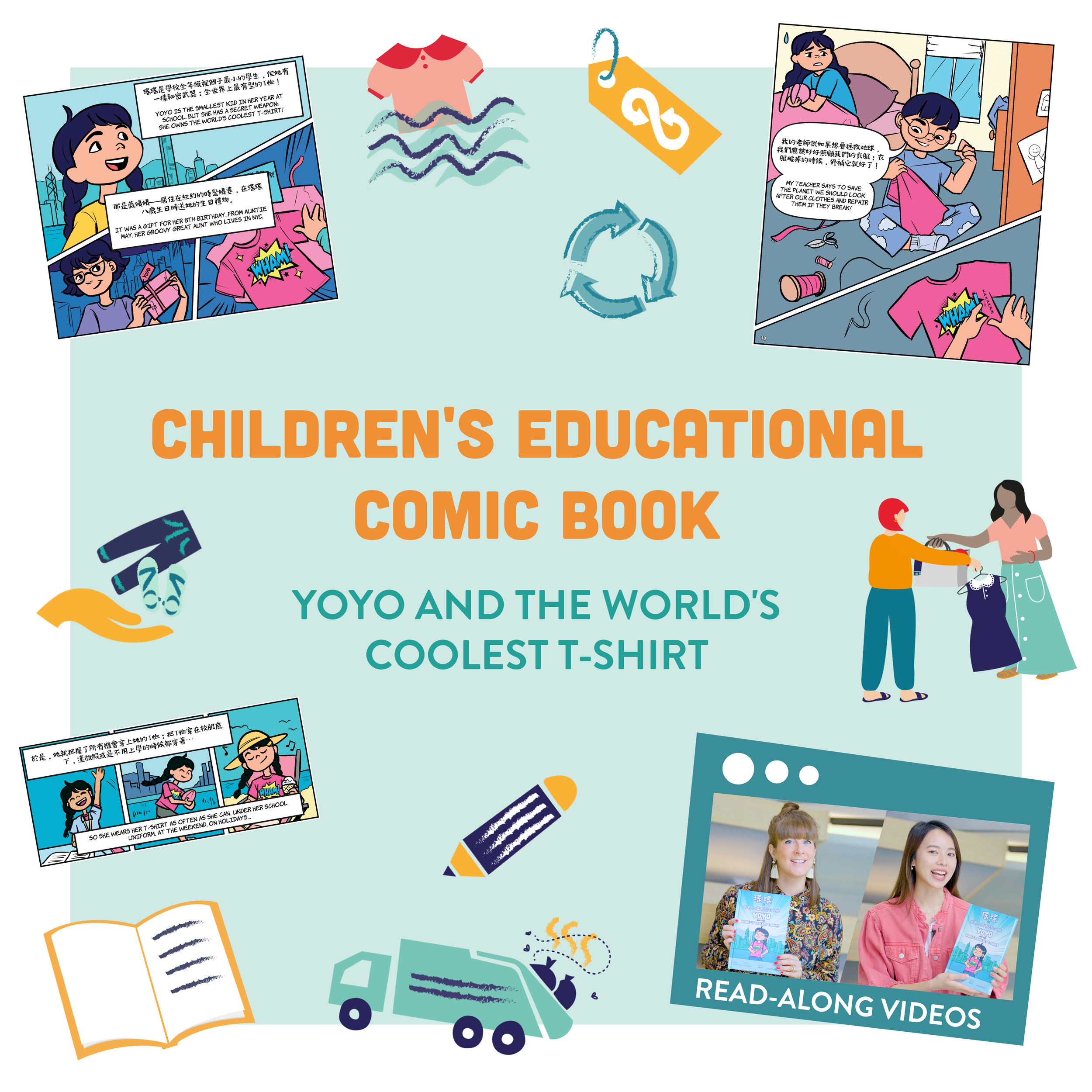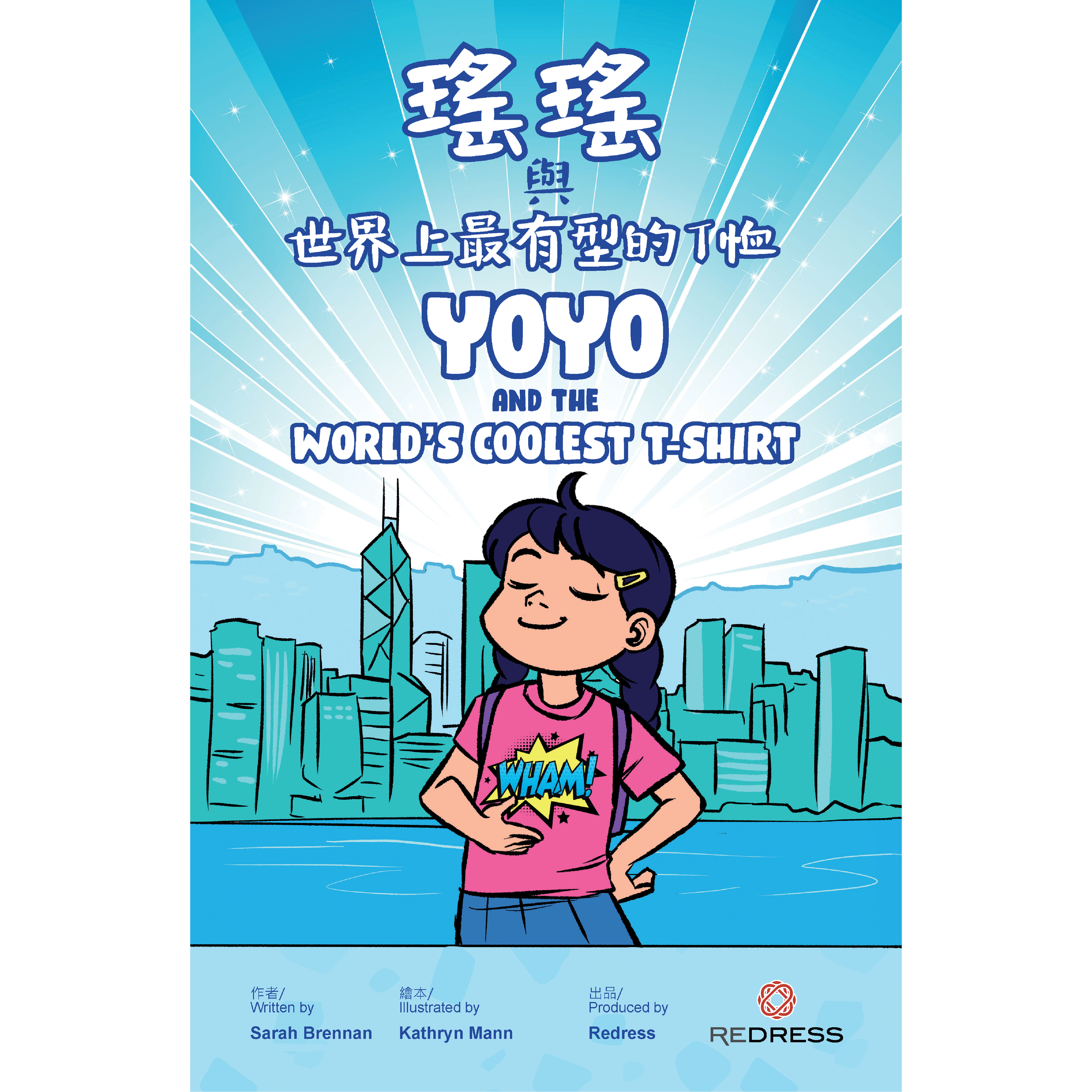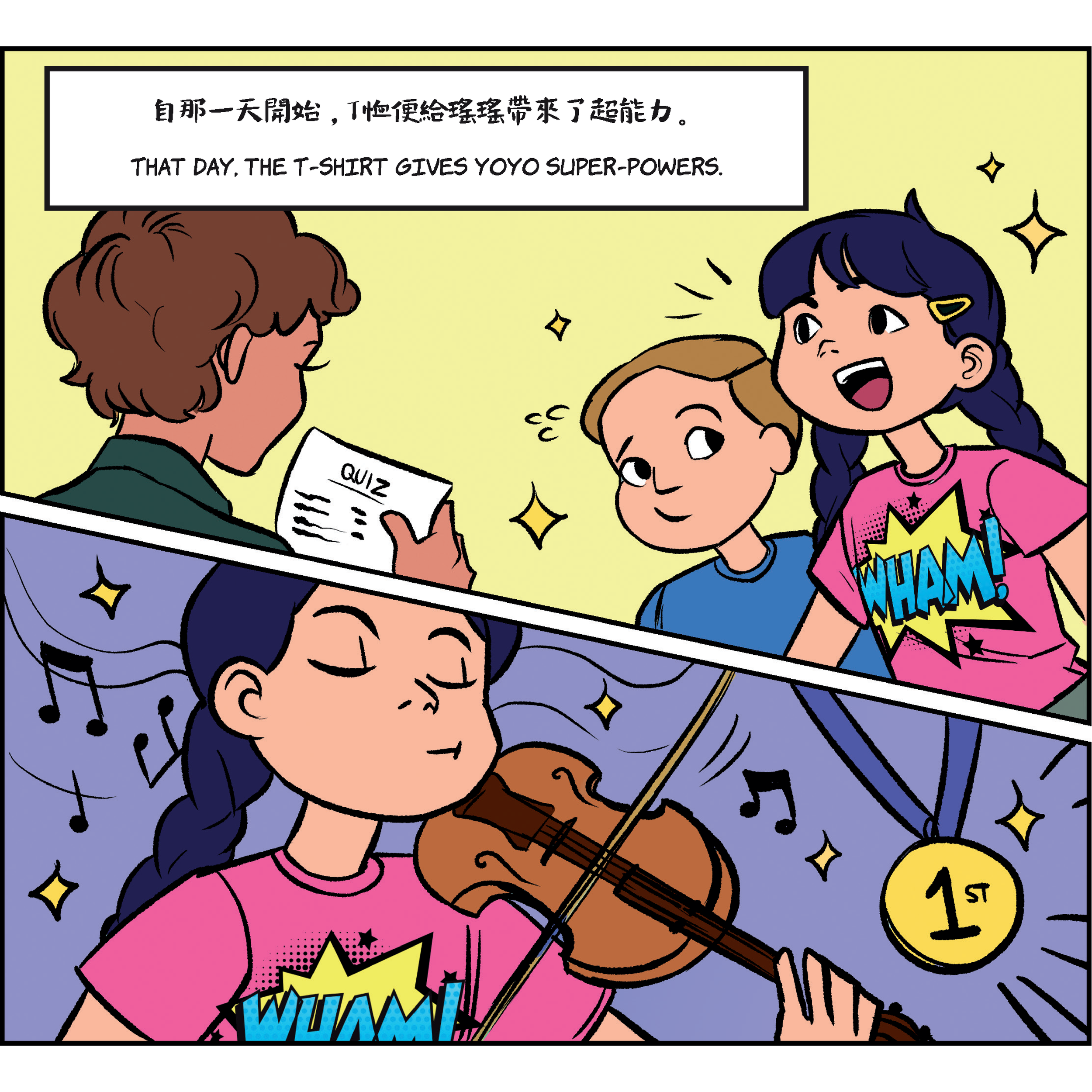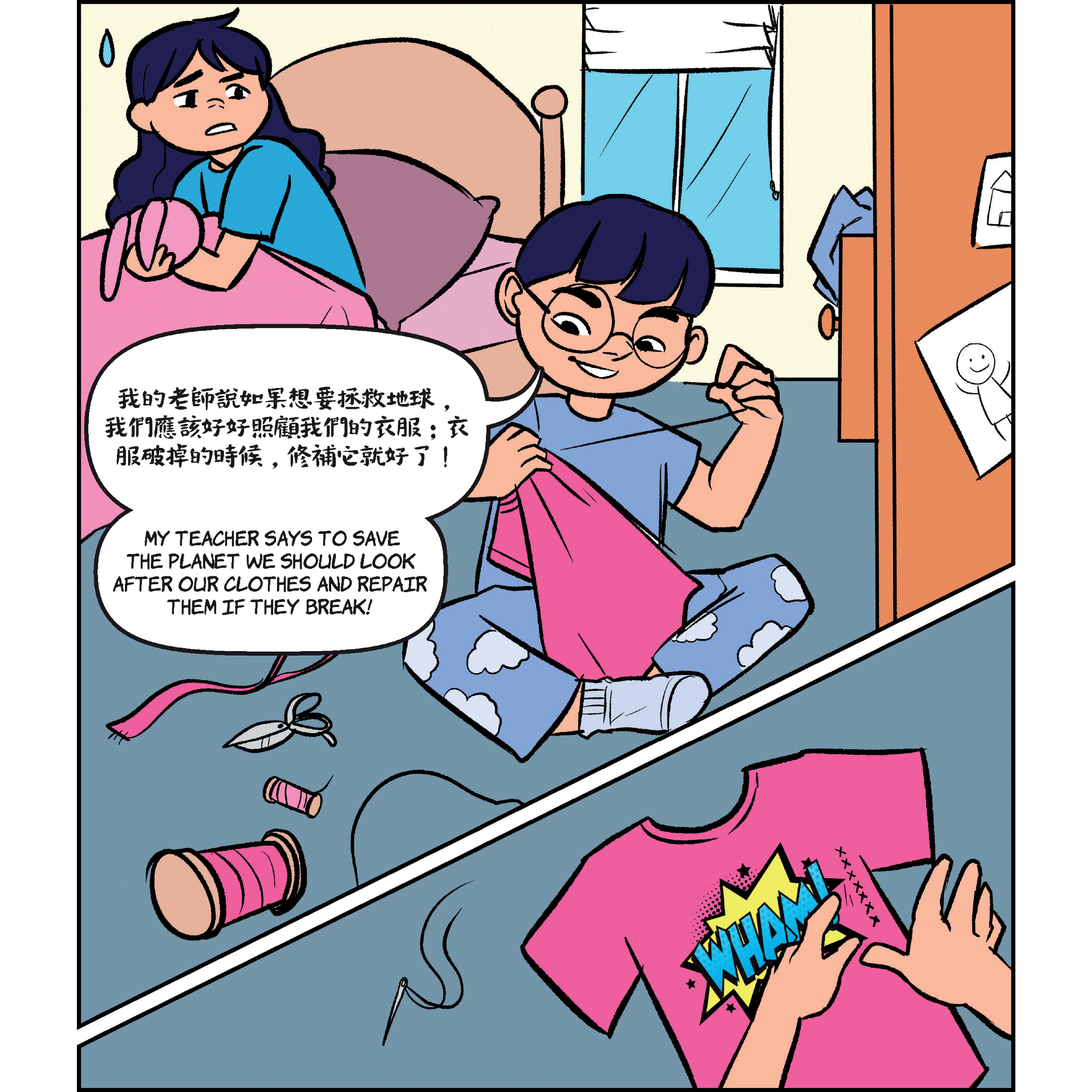Circular Fashion Education Toolkit
Online Learning Resources for Students and Teachers
While the world of fashion may seem glamorous from the outside, it is one of our planet’s most polluting industries, affecting everything from our land to our water – and even the air that we breathe. This education toolkit is designed for primary and secondary teachers and students, and aims to:

Examine
Examine exactly how we make, buy, use and dispose of our clothes. We’ll also learn about fashion’s impact on people and our planet, and discover innovative new industry technologies and business models.

Learn
Learn how these connect with topics like social studies, language, arts, maths, business, science, and design and technology. For example, students can use maths skills to calculate the number of kilometres their t-shirt has travelled to reach them, or language skills to debate whether “fast fashion” is democratic or damaging.
Empower
Empower teachers and students with a library of research and discussion resources.
Inspire
Inspire students to think critically about our system of producing and consuming fashion, and drive change through positive actions that extend beyond the classroom.
Learning Modules
Key Learning Areas
Exploring overproduction and overconsumption in fashion and understanding how business models, marketing, low prices, online shopping and social media encourage us to buy more.
Key Learning Areas
Learning about pollution and waste in clothing manufacturing, and how this impacts people and our planet.
Key Learning Areas
Discovering how innovative new fibres, manufacturing methods and business models can help us to reduce fashion’s waste and pollution footprint in the future.
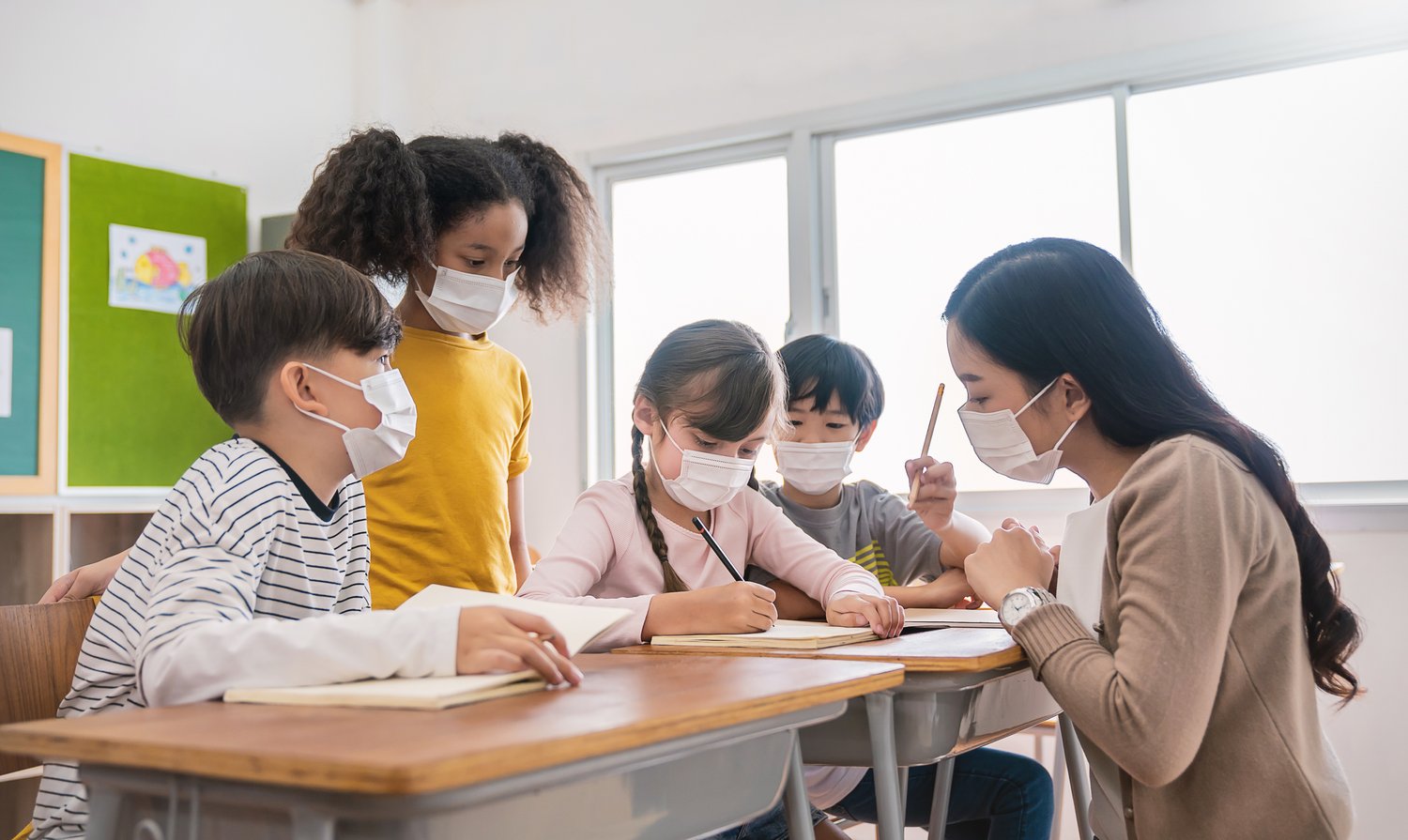

Are you a teacher?
Access our teaching resources
Are you an educator teaching topics related to fast fashion, sustainable consumption and the circular economy in your syllabus? Check out our Educators’ site for additional resources like teaching guidelines and activity ideas to help spark conversations in the classroom around these trending topics.
Learn moreLEARN MORE INTERACTIVELY
THE IMPACT IS REAL!
Our clothes go on a long and complex journey before they reach our homes. Follow the step-by-step instructions to create your very own pair of jeans on our interactive website and see the environmental impact of this wardrobe staple for yourself, while learning about the smart innovations that are transforming fashion sustainability!
Suitable for students aged 11+
MAKING CIRCULAR FASHION A REALITY IN HONG KONG
Created by your fellow students in Hong Kong, this educational video series takes a closer look at the local circular fashion landscape with the help of facts, statistics and interviews. There are also plenty of tips on sustainable local alternatives that you can easily adopt throughout your daily life.
Suitable for students aged 11+
PLE-E-E-A-SE CAN WE WEAR IT LONGER?
Yoyo is just an ordinary school girl… right up until she’s given a super-powered T-shirt from her Auntie May! But even the coolest clothes eventually get too small as we grow up. Join Yoyo and her brother Kevin on an exciting eco-adventure to save their magic T-shirt from the bin!
Suitable for students aged 6-10
Explore Our Resource Library
About Redress
Redress is a pioneering Hong Kong based environmental charity with a mission to educate and empower the fashion industry and consumers to reduce clothing’s negative environmental impact by shifting to circular solutions. Our education programme focuses on educating consumers in Hong Kong of all ages about their fashion footprint and empowering them to drive change through circular solutions like buying more responsibly, donating clothes for reuse, or shopping secondhand.
About the ECF Circular Fashion Education Toolkit
This bilingual education toolkit including a handful of student and teacher resources is funded by the Environment and Conservation Fund and the Environmental Campaign Committee. It was designed in consultation with teachers and curriculum advisors from the English Schools Foundation, the Education Bureau of the Government of the Hong Kong Special Administrative Region, and our wider network of Hong Kong schools, who provided invaluable guidance, support and feedback.
